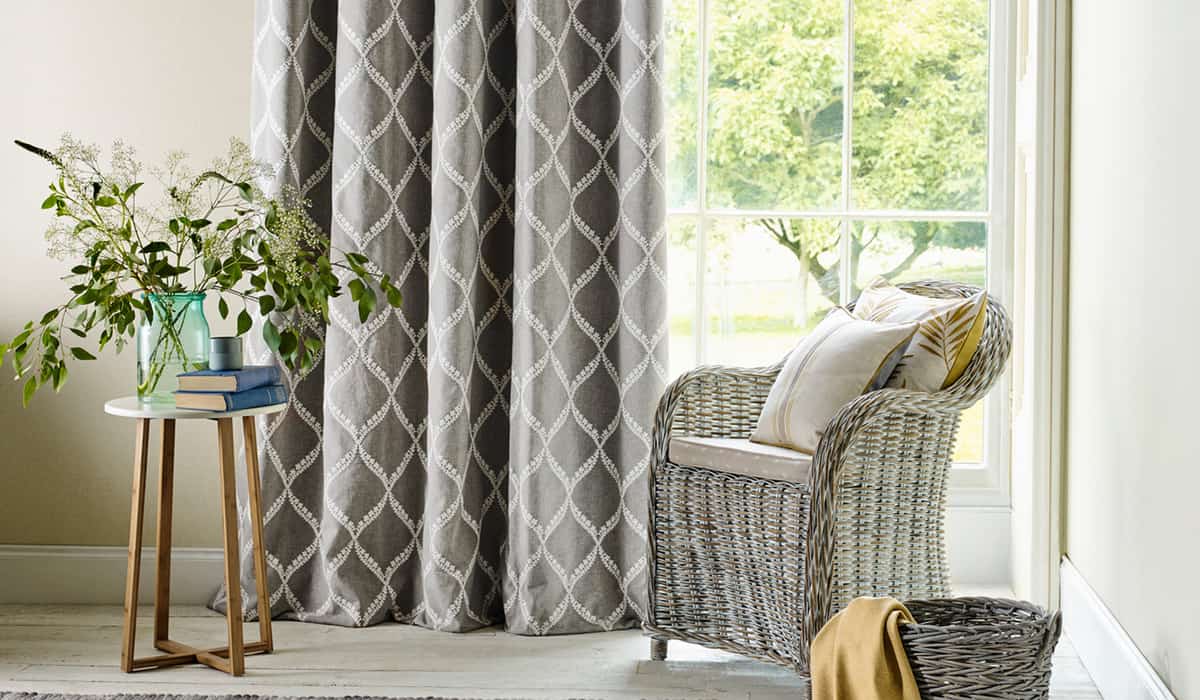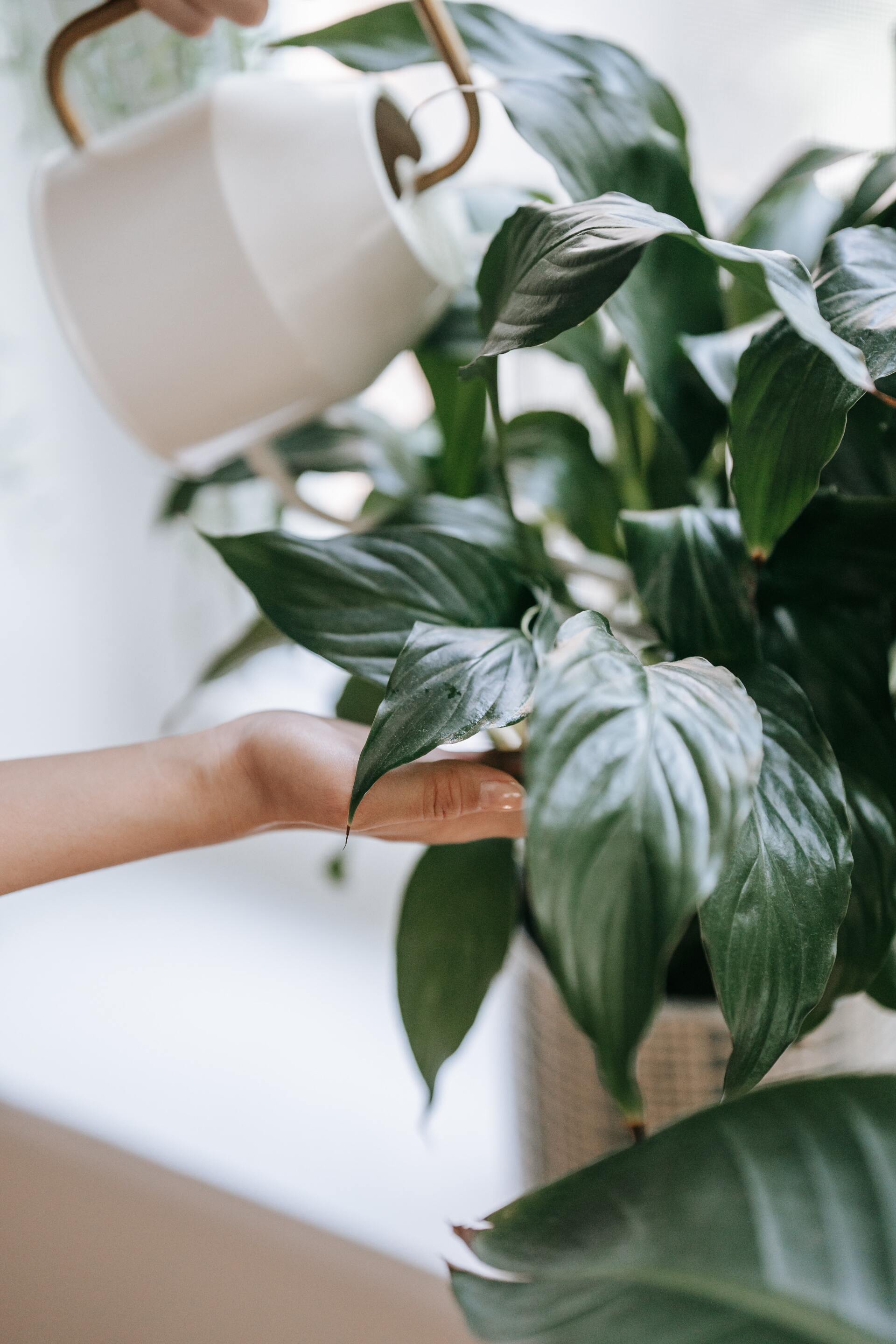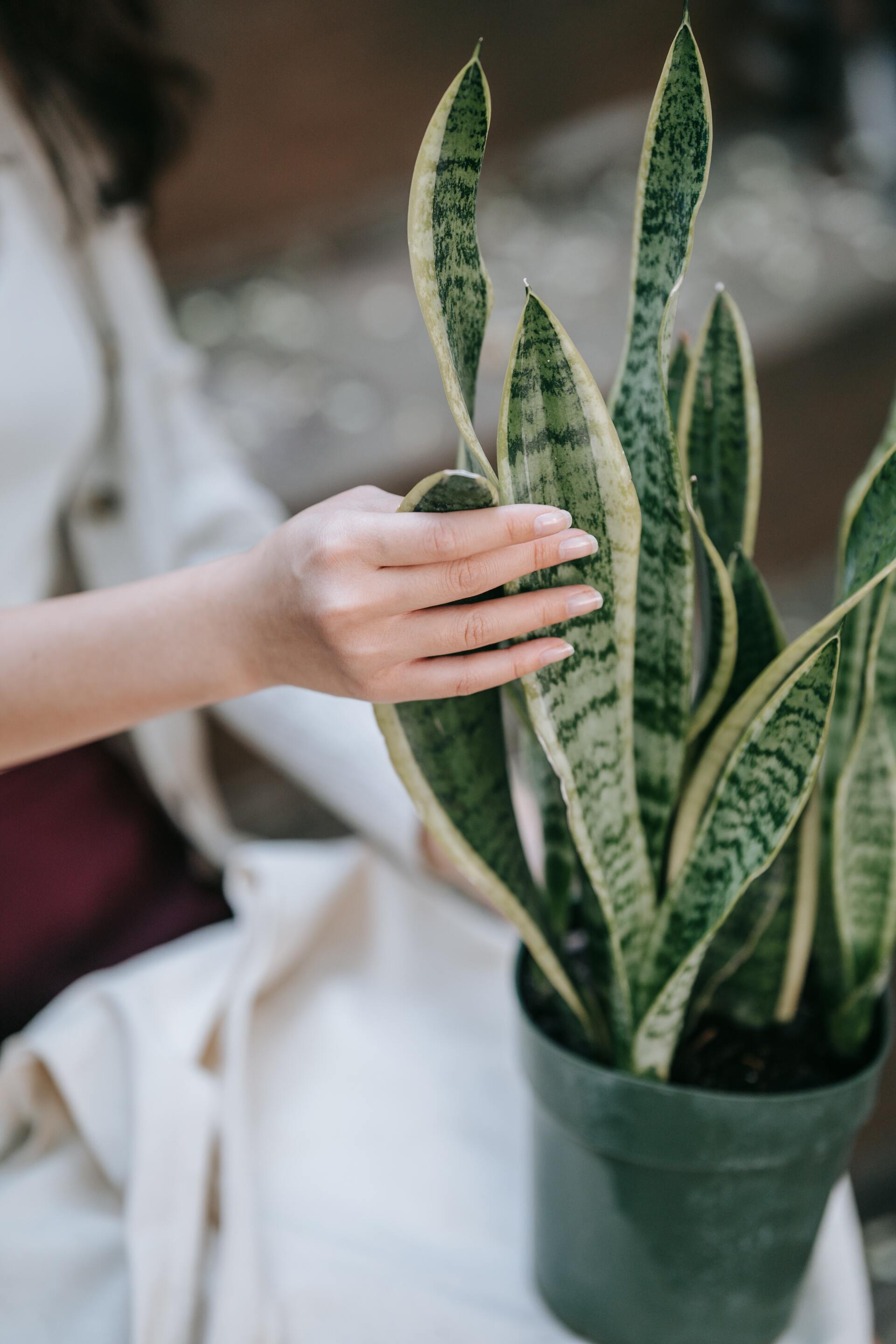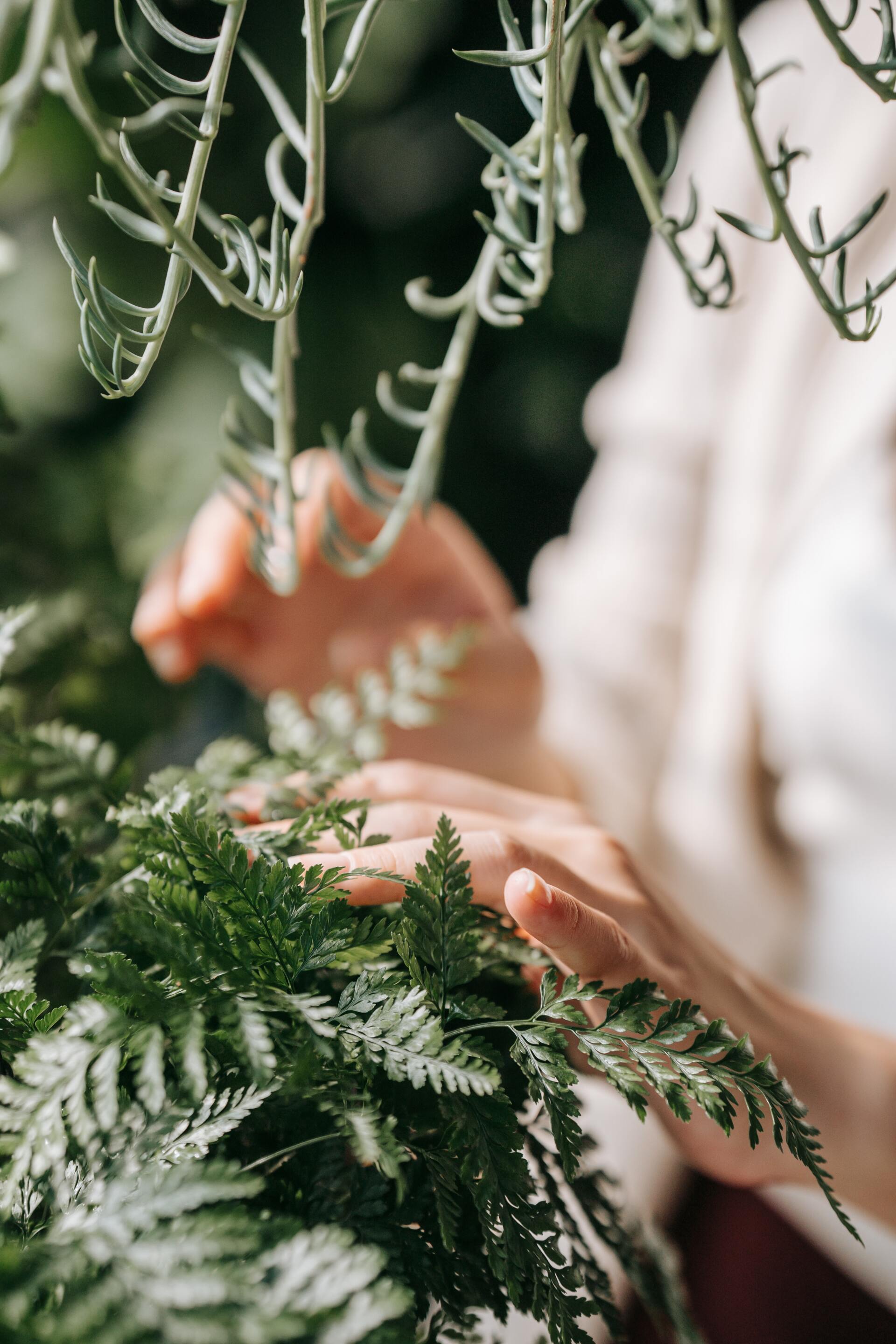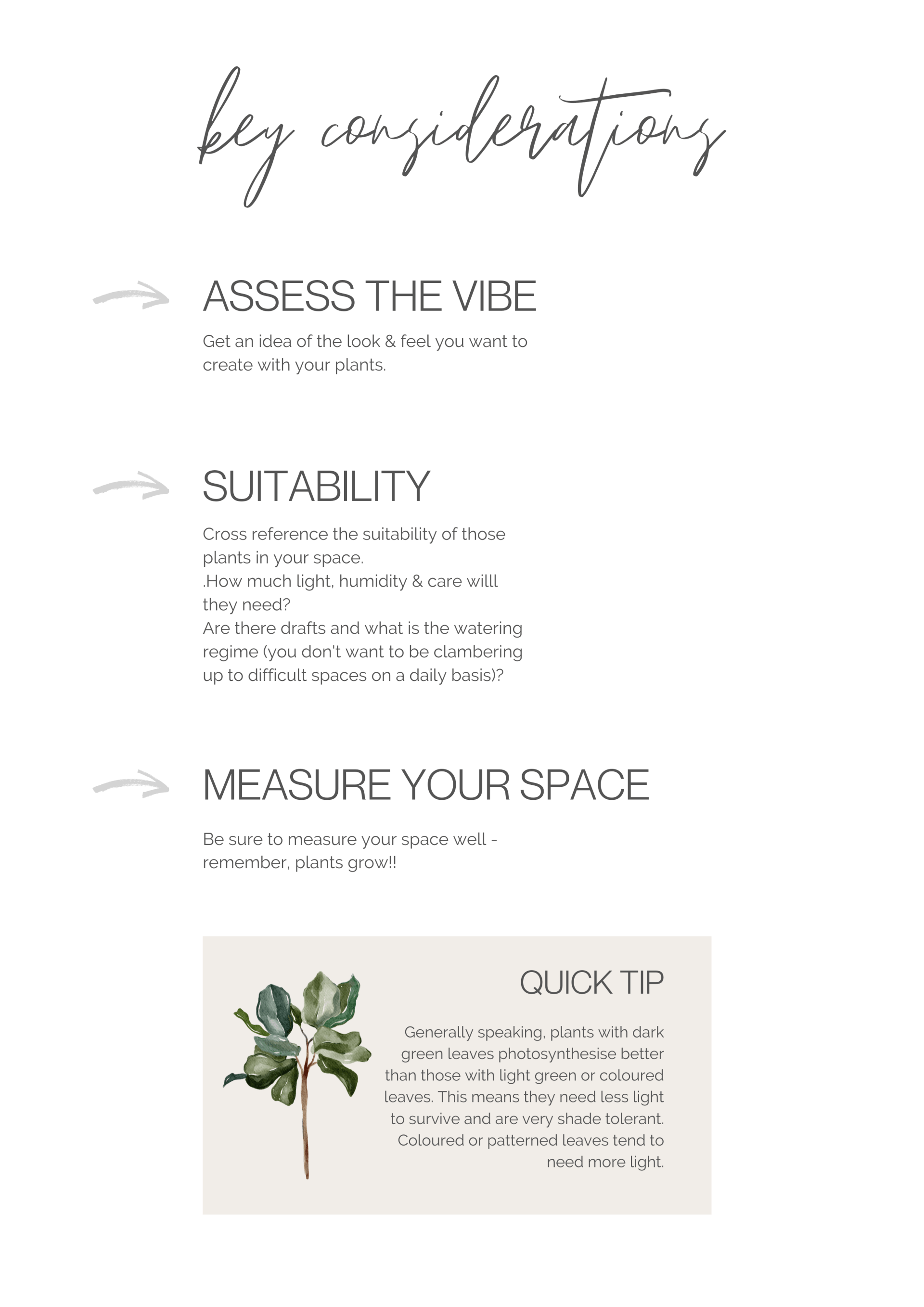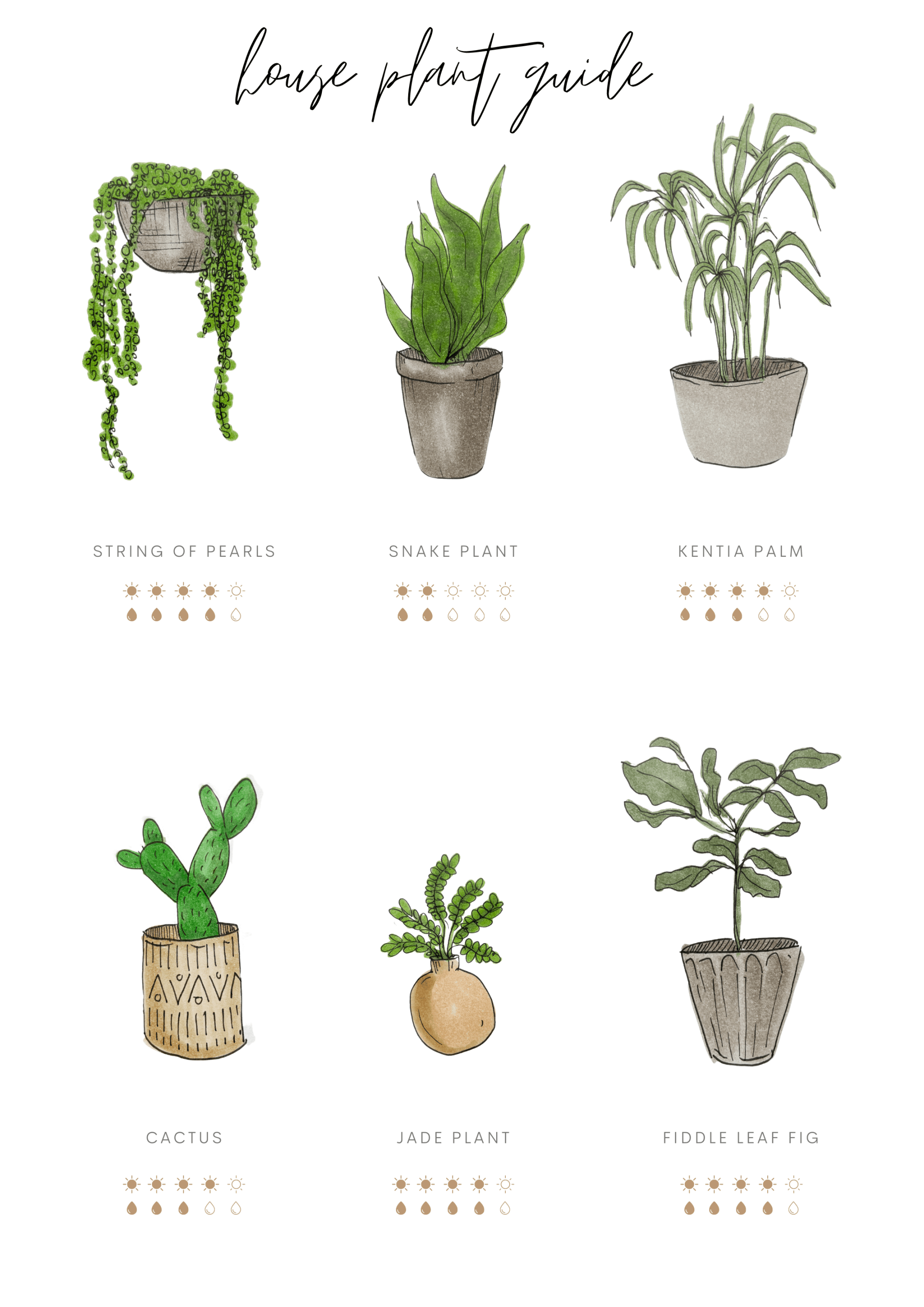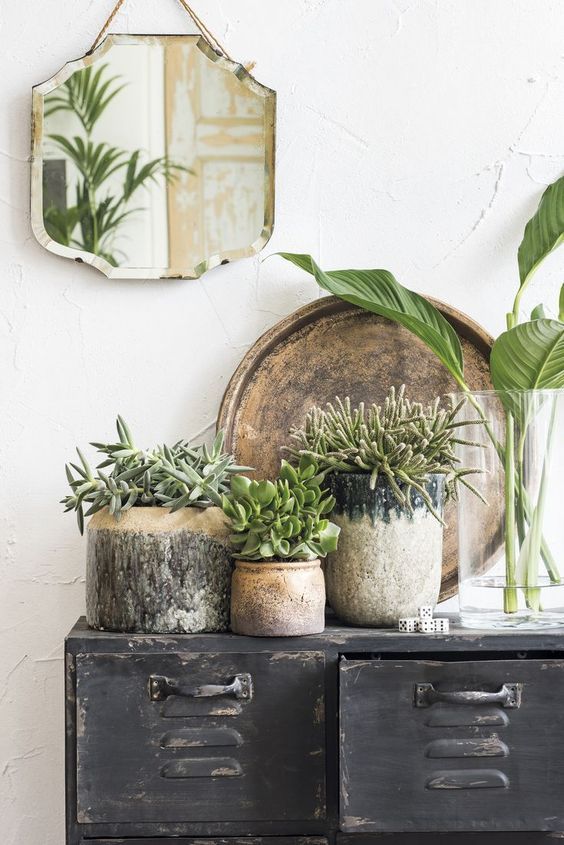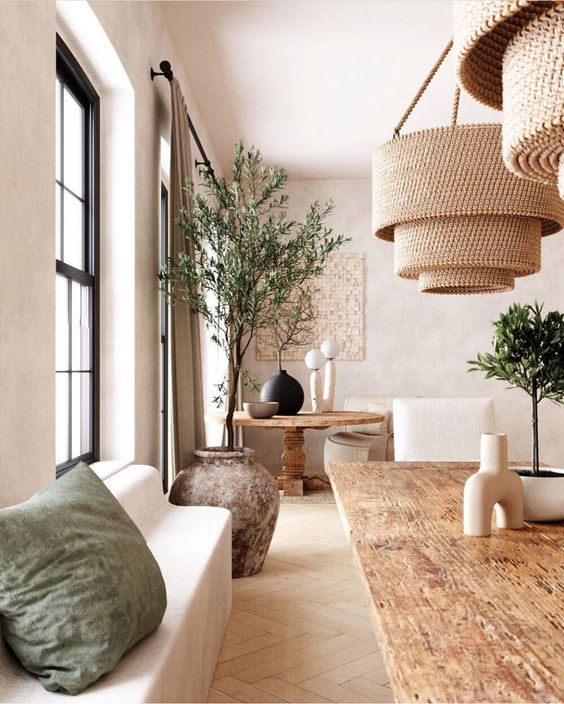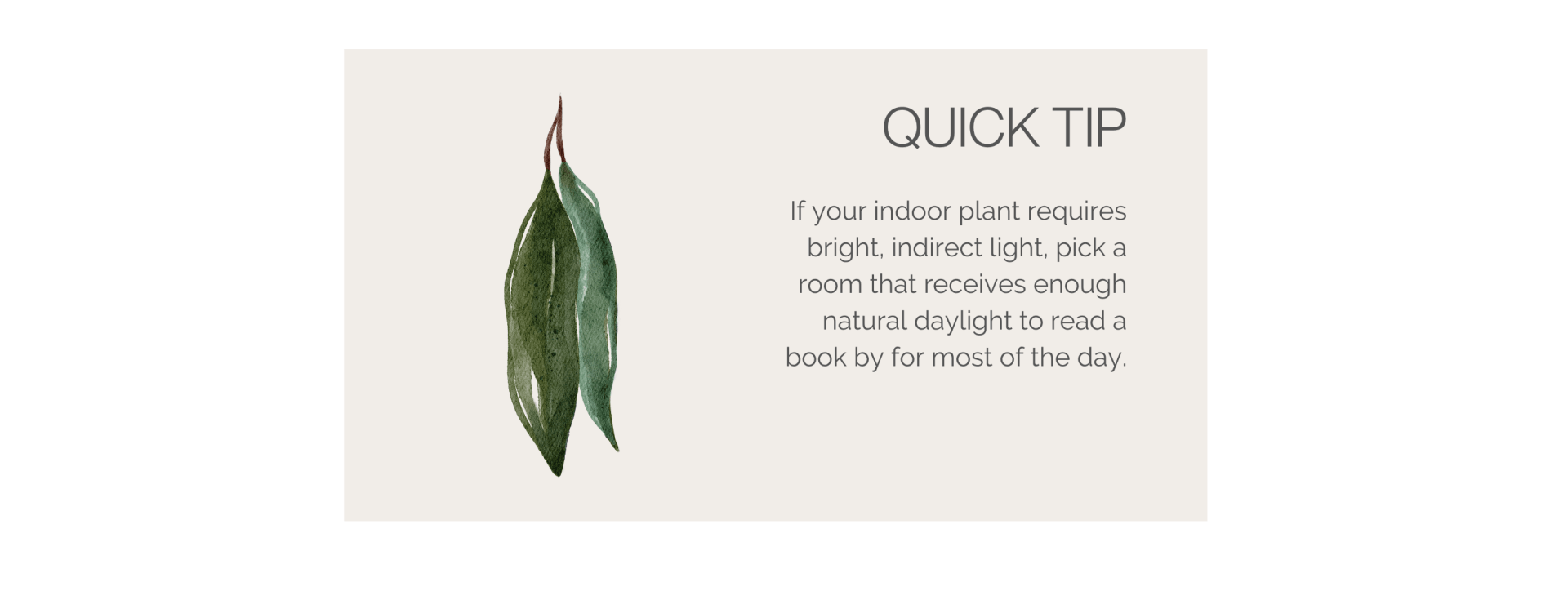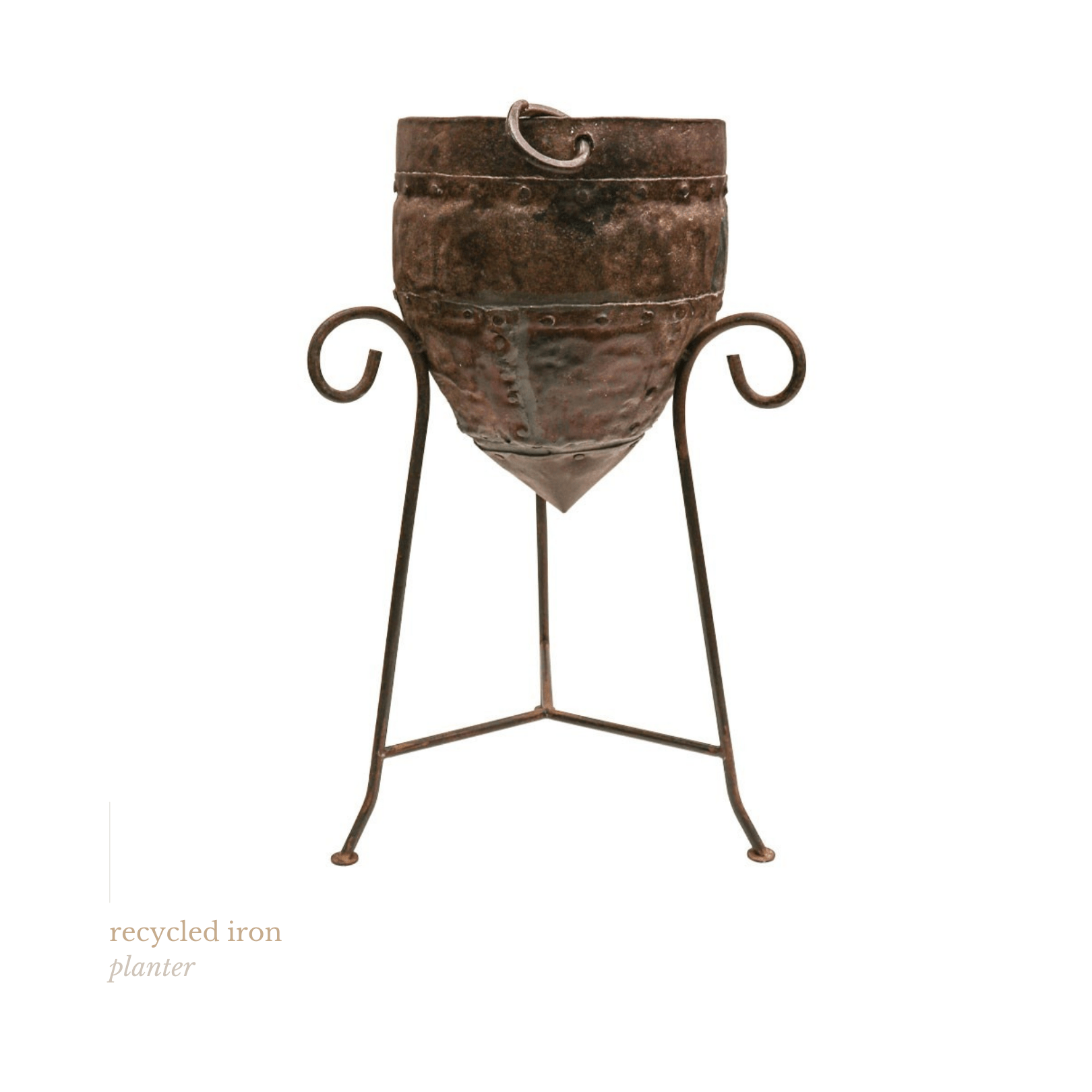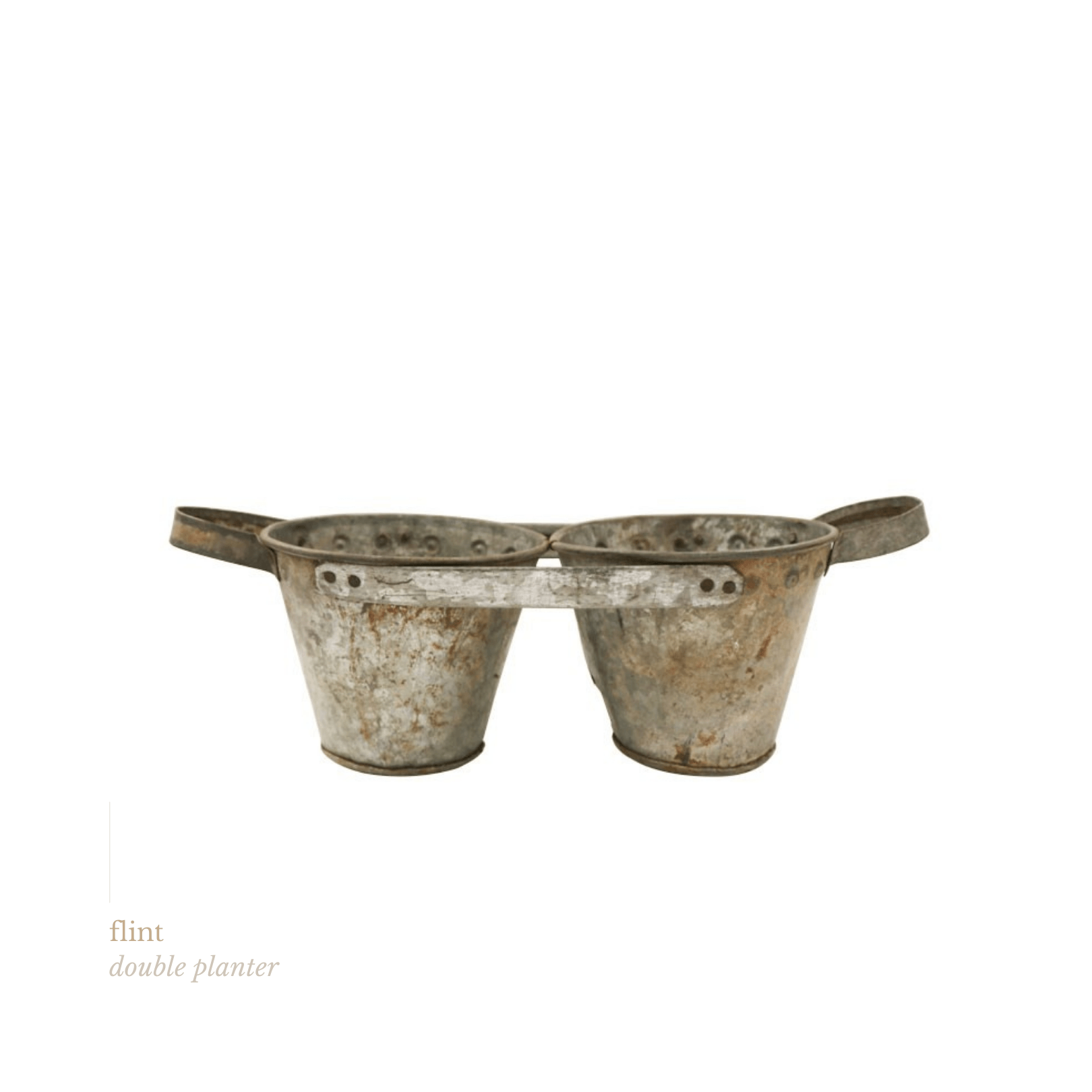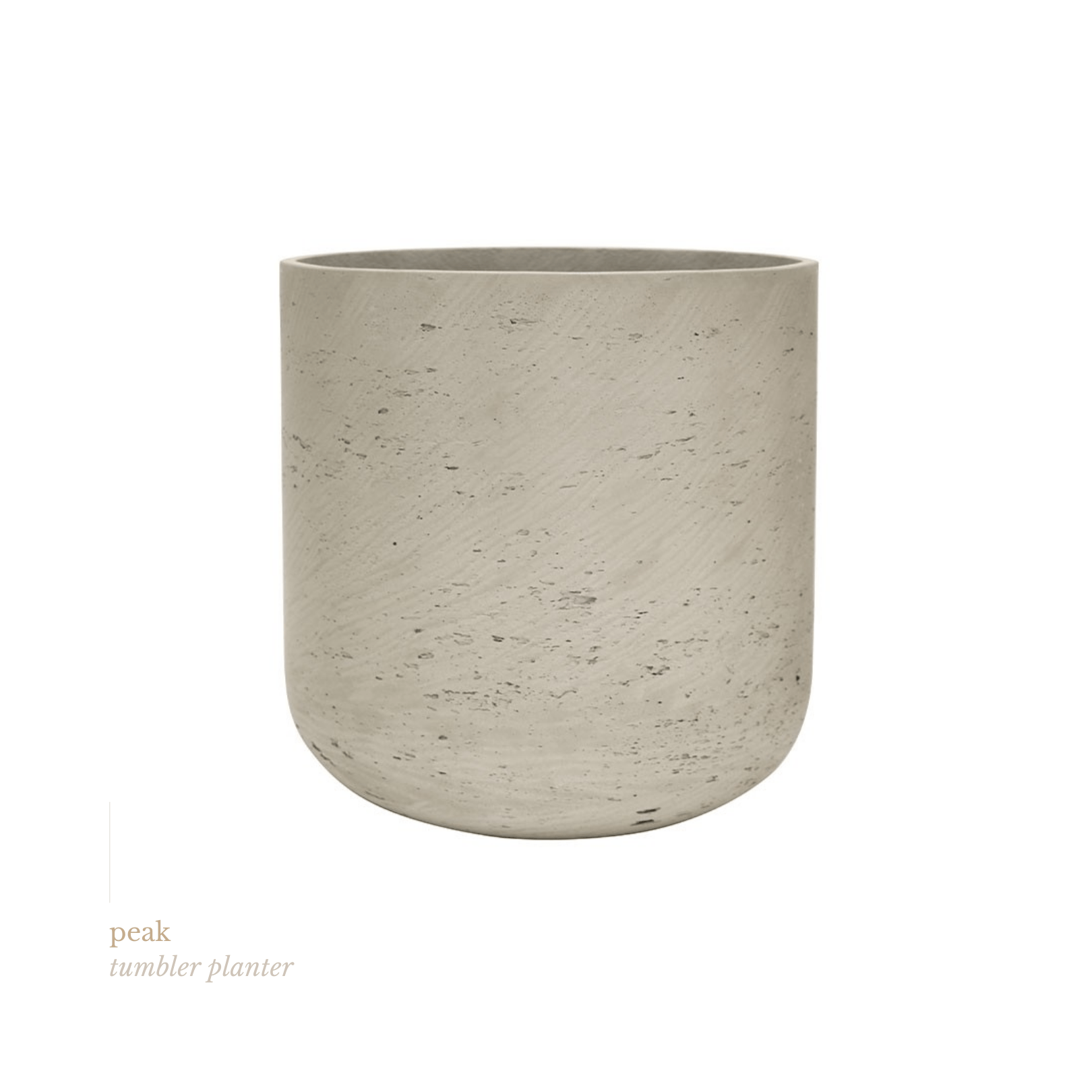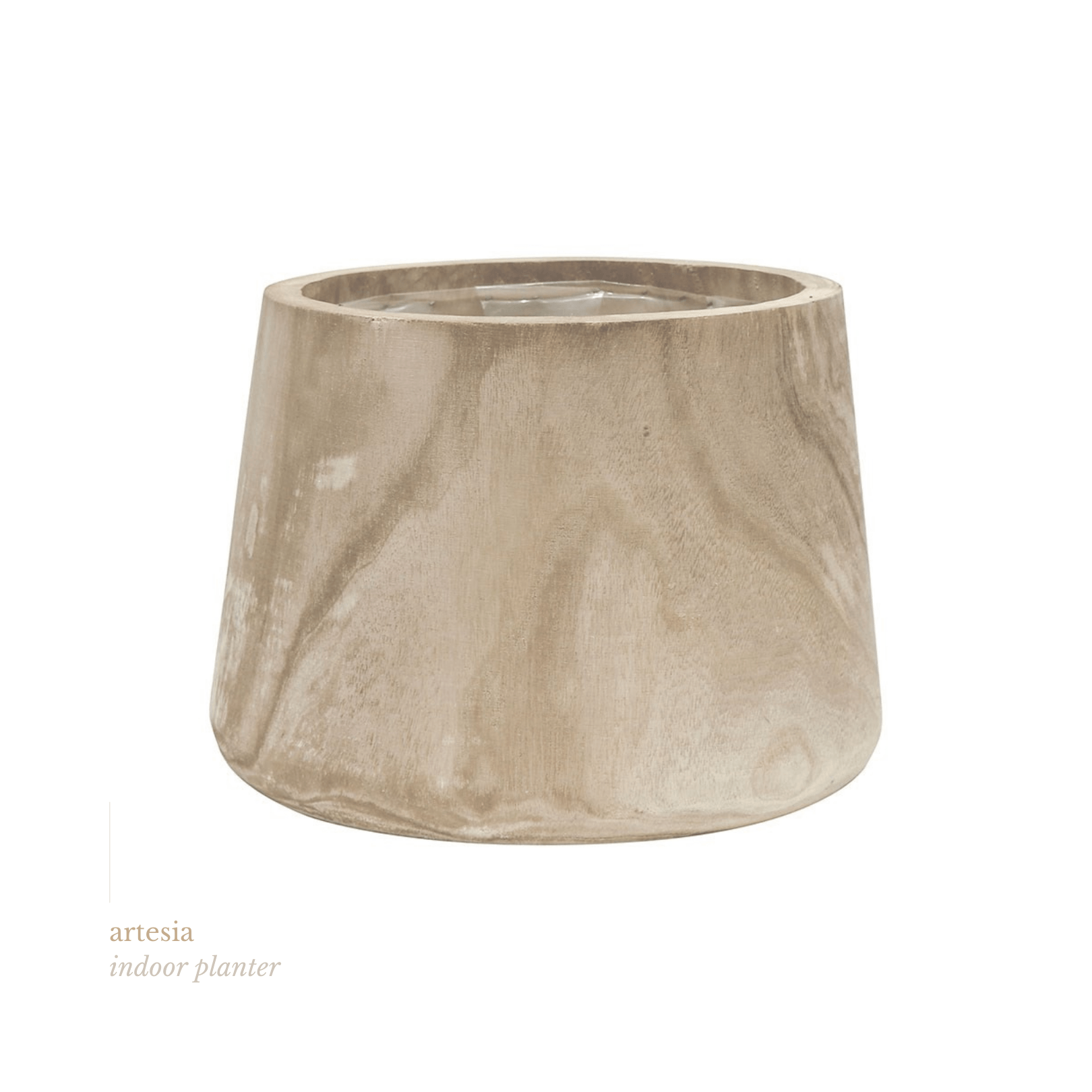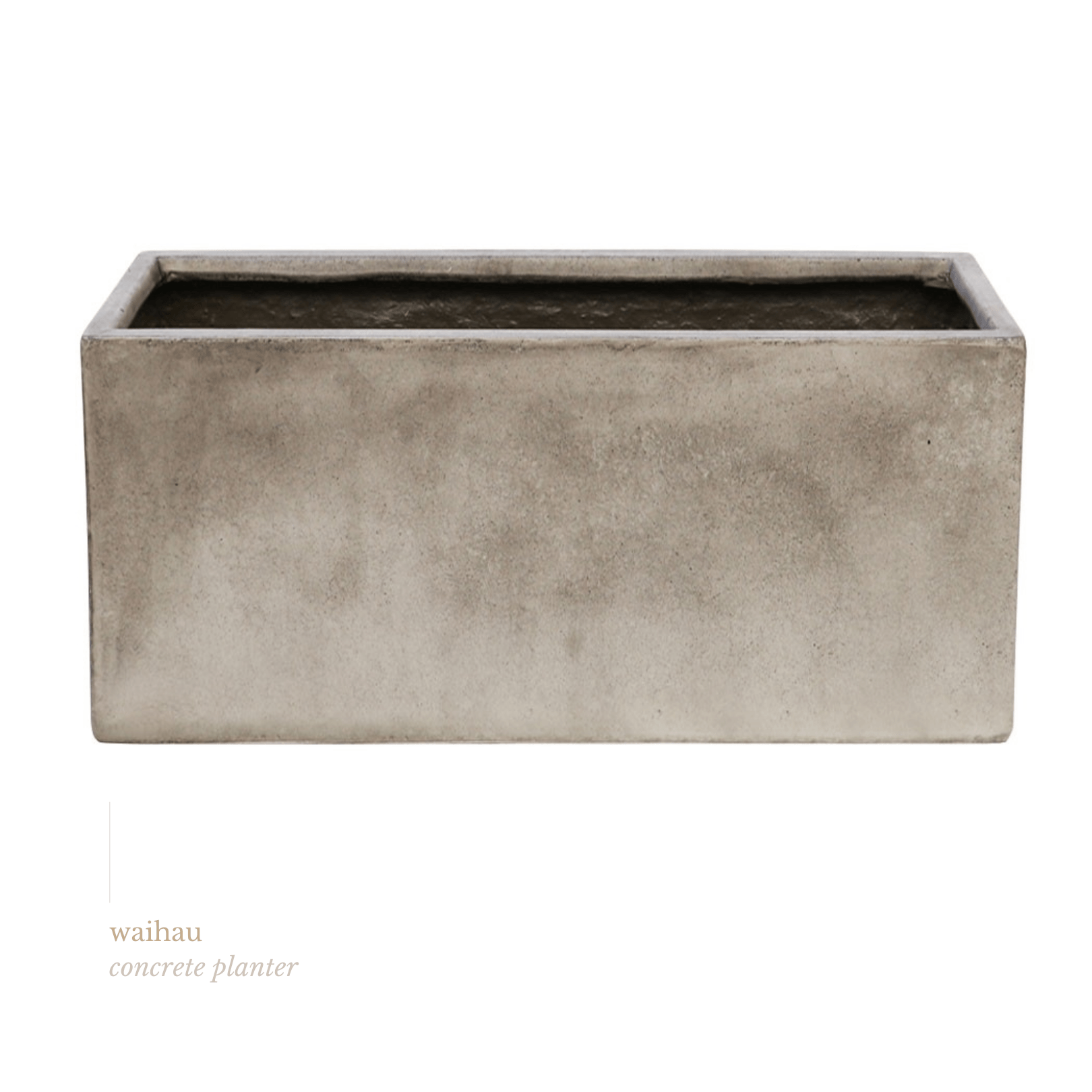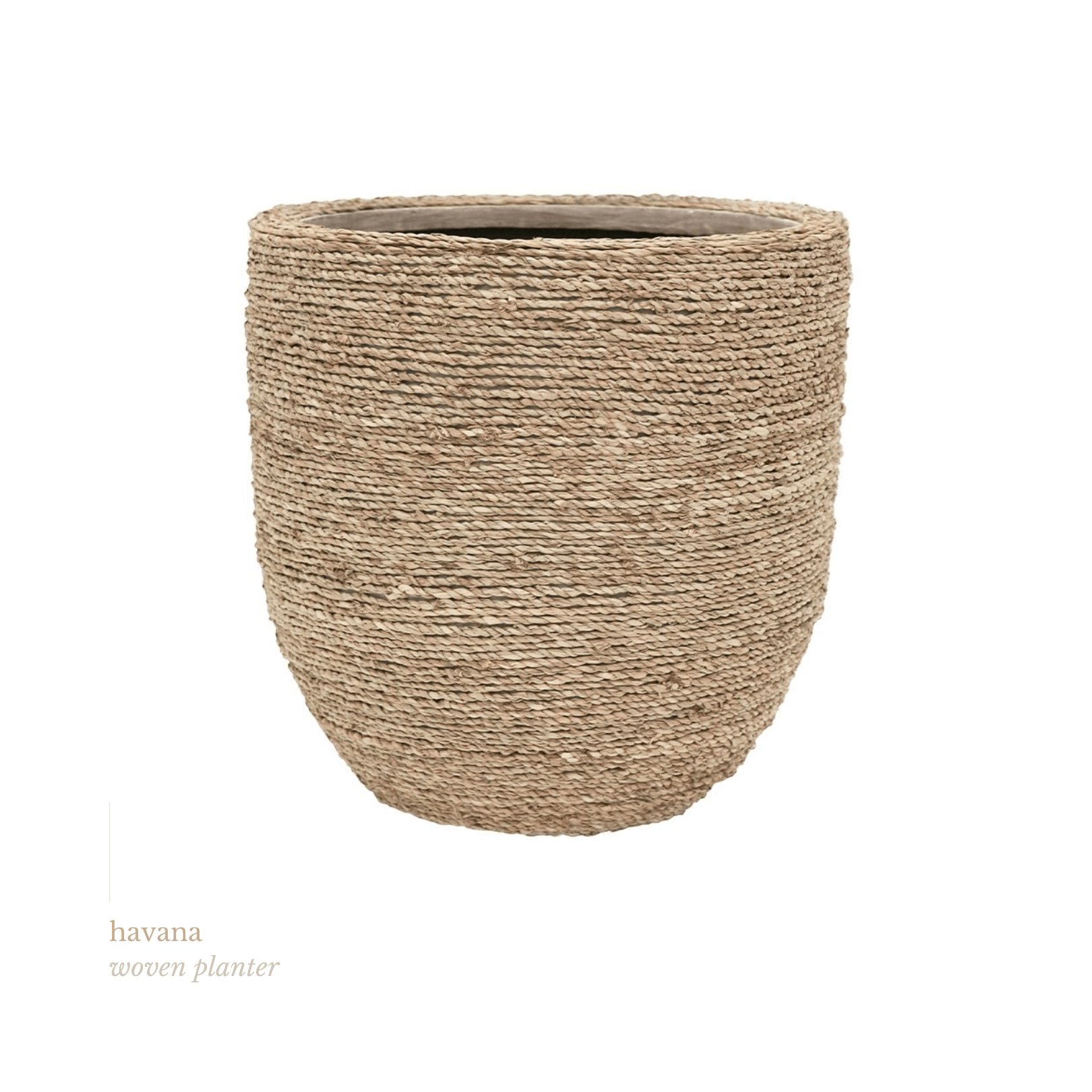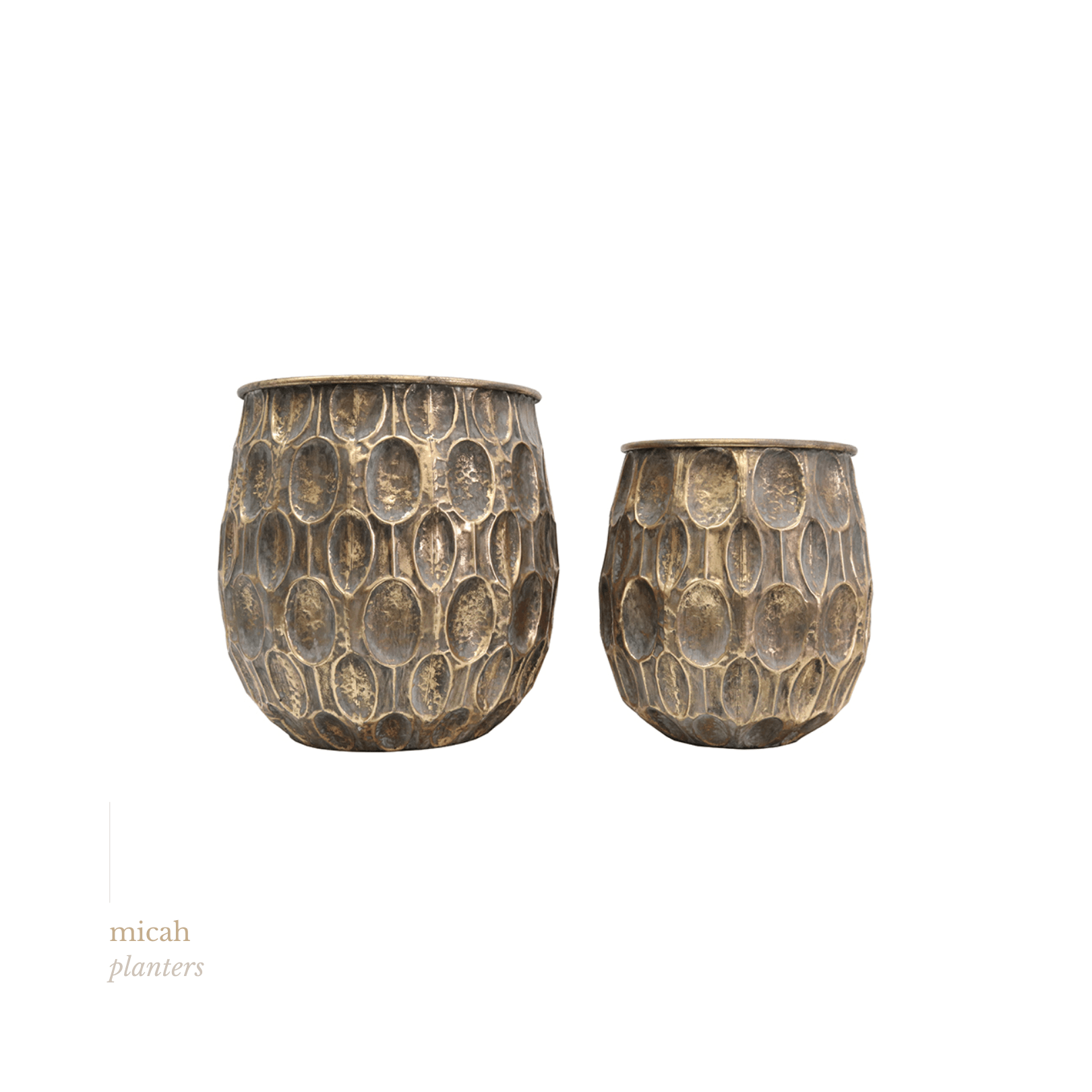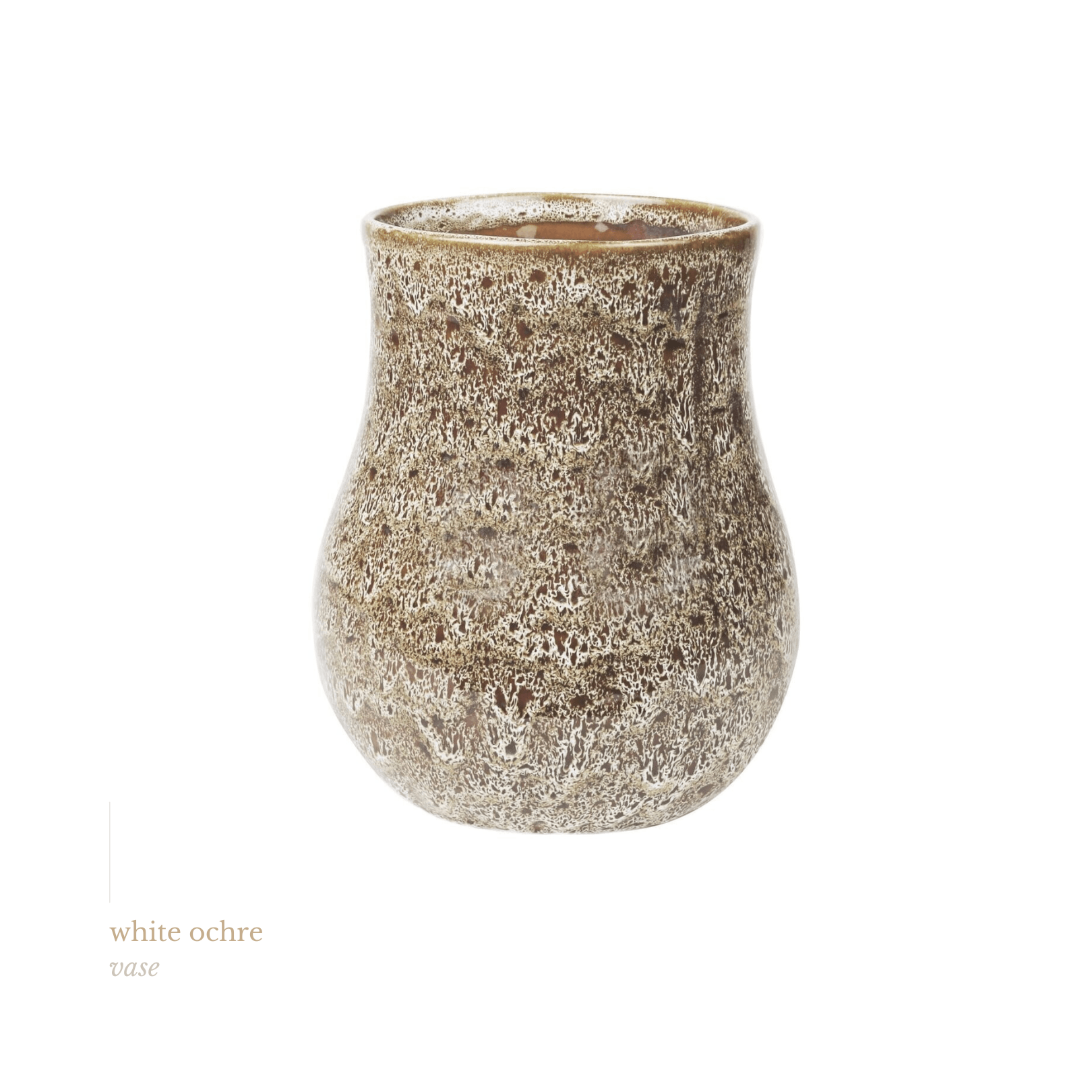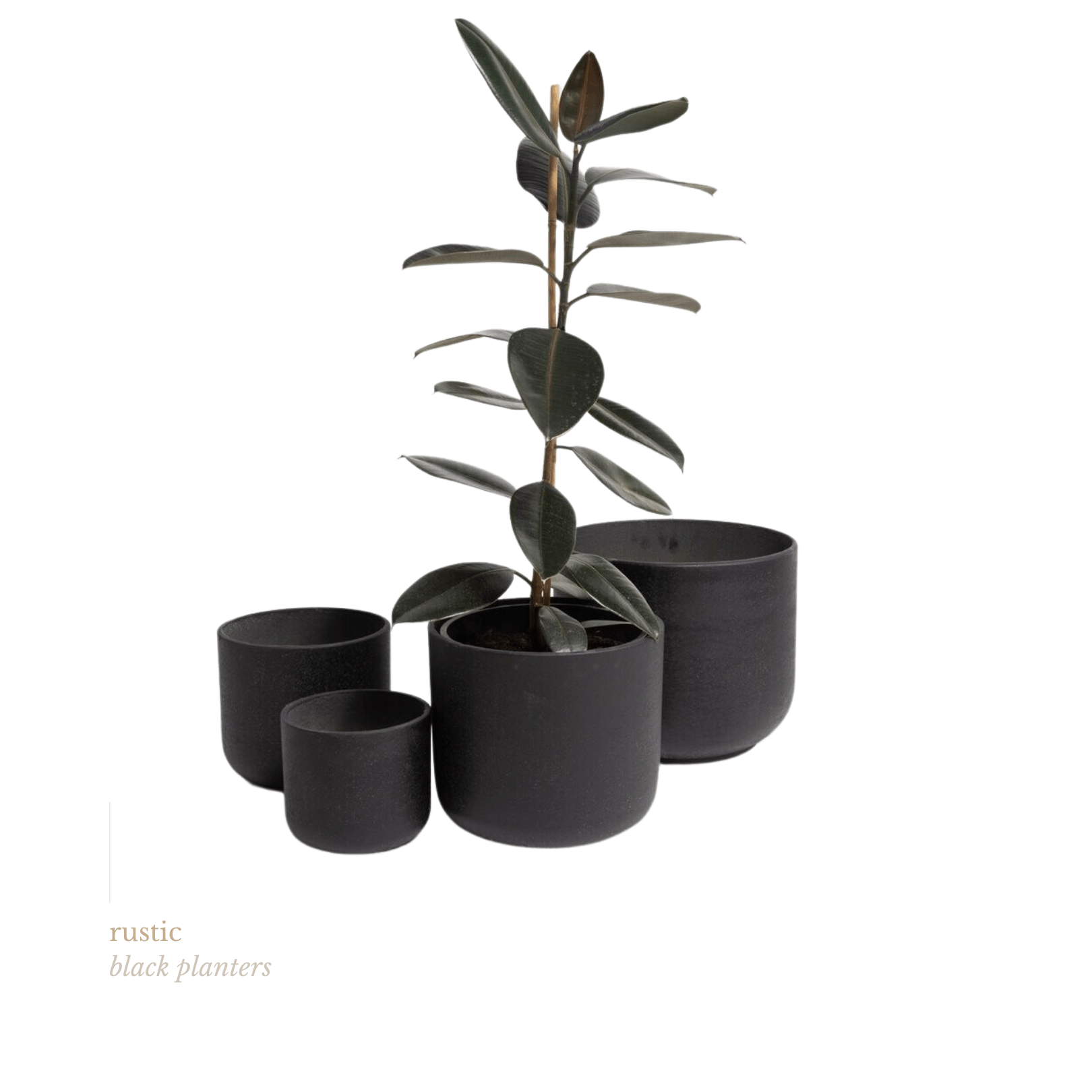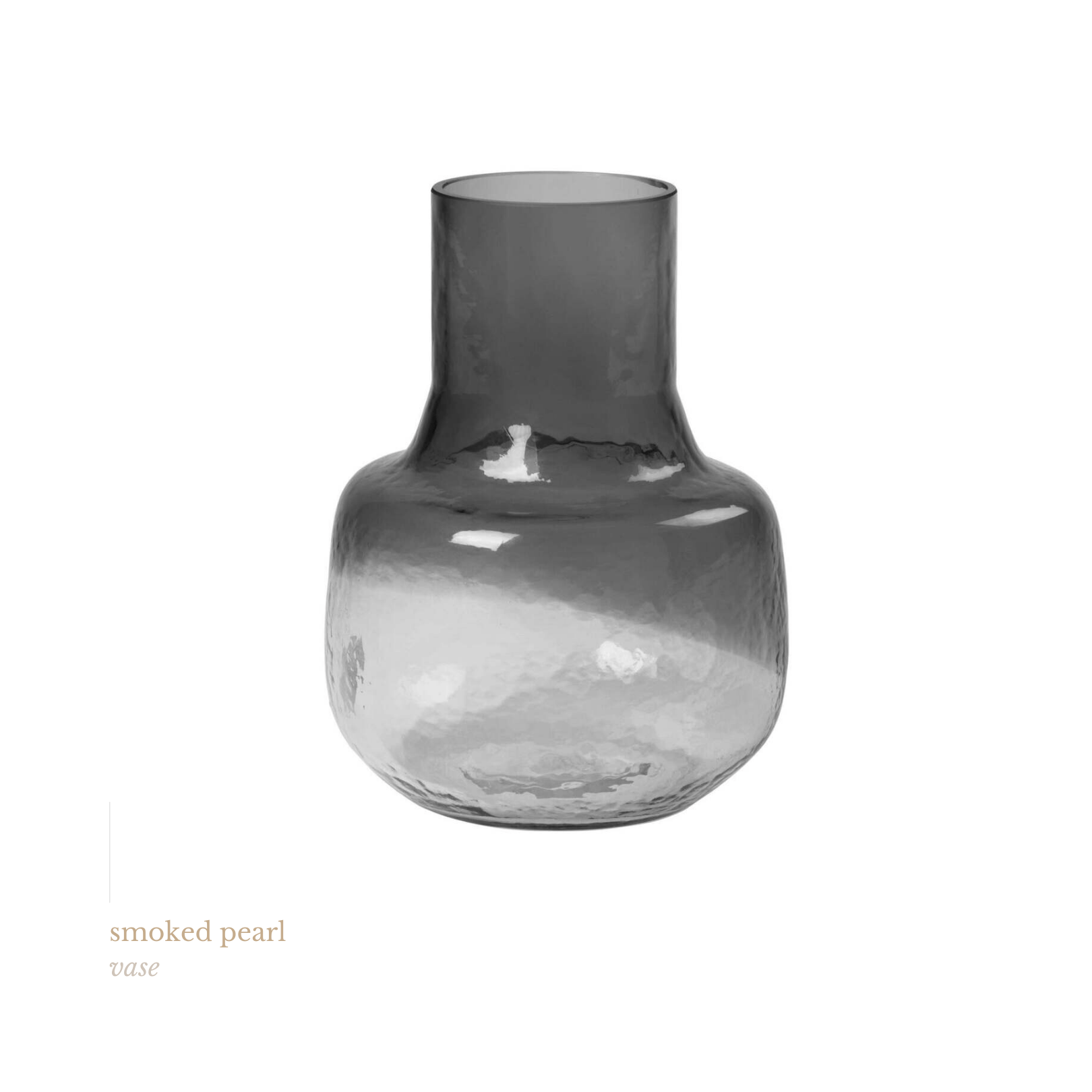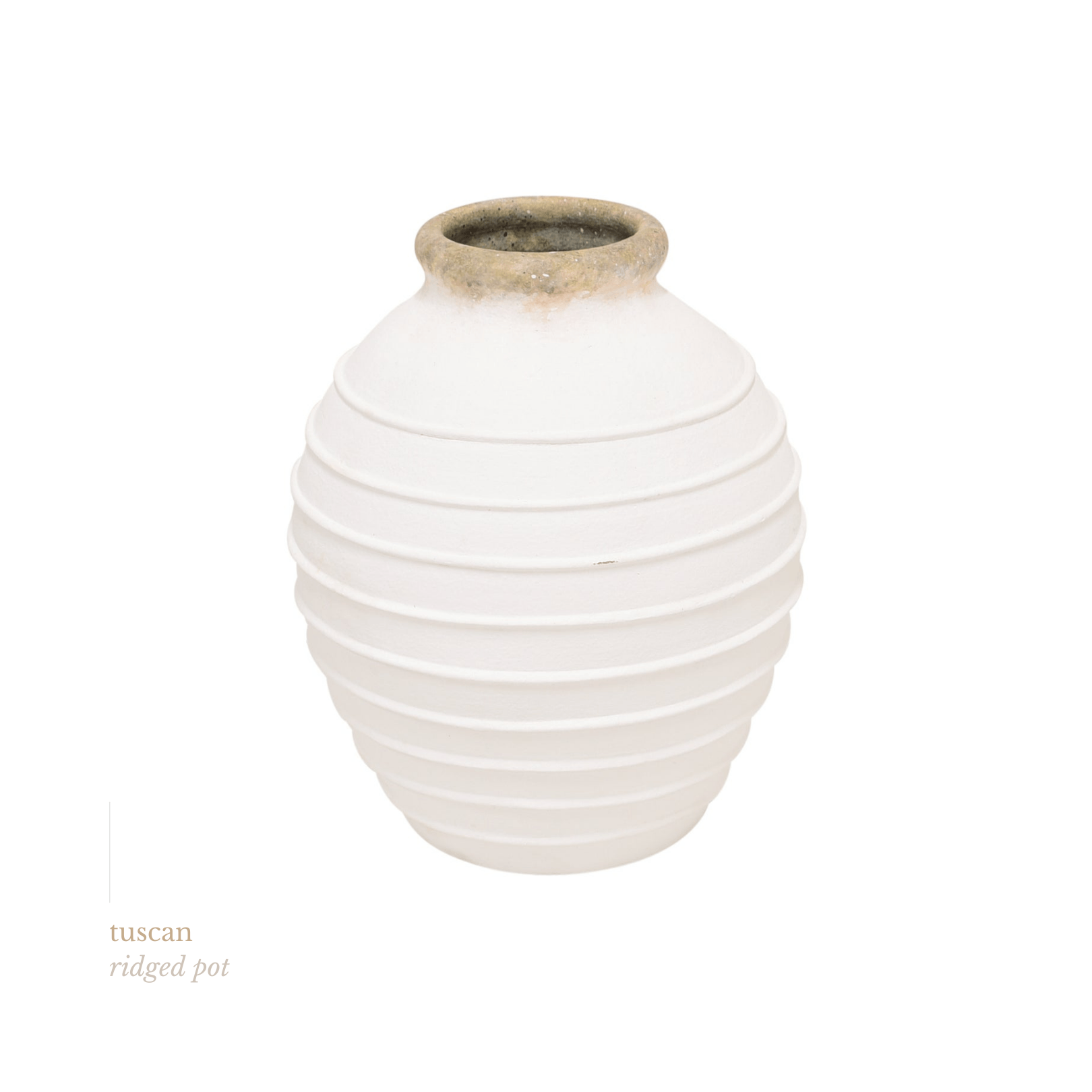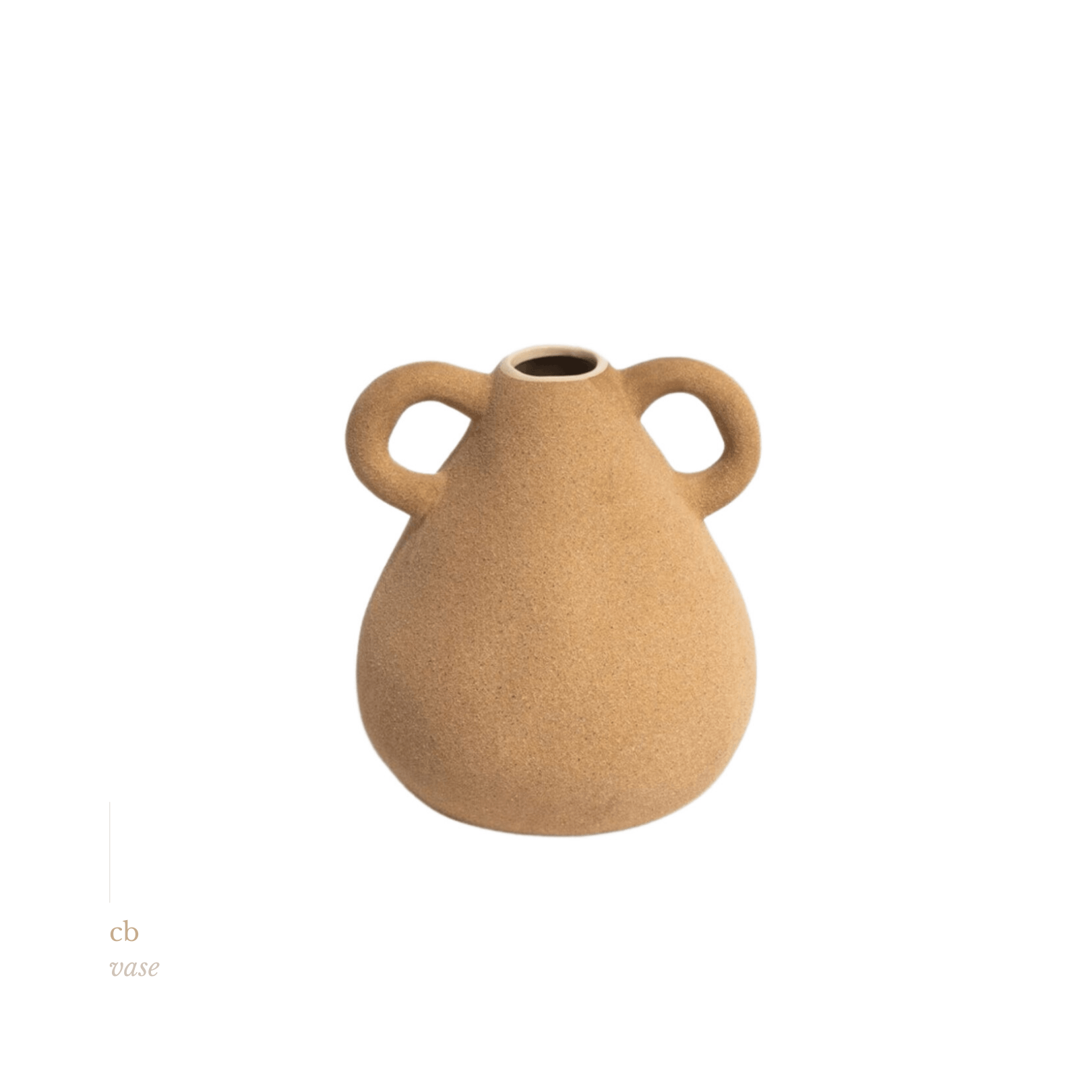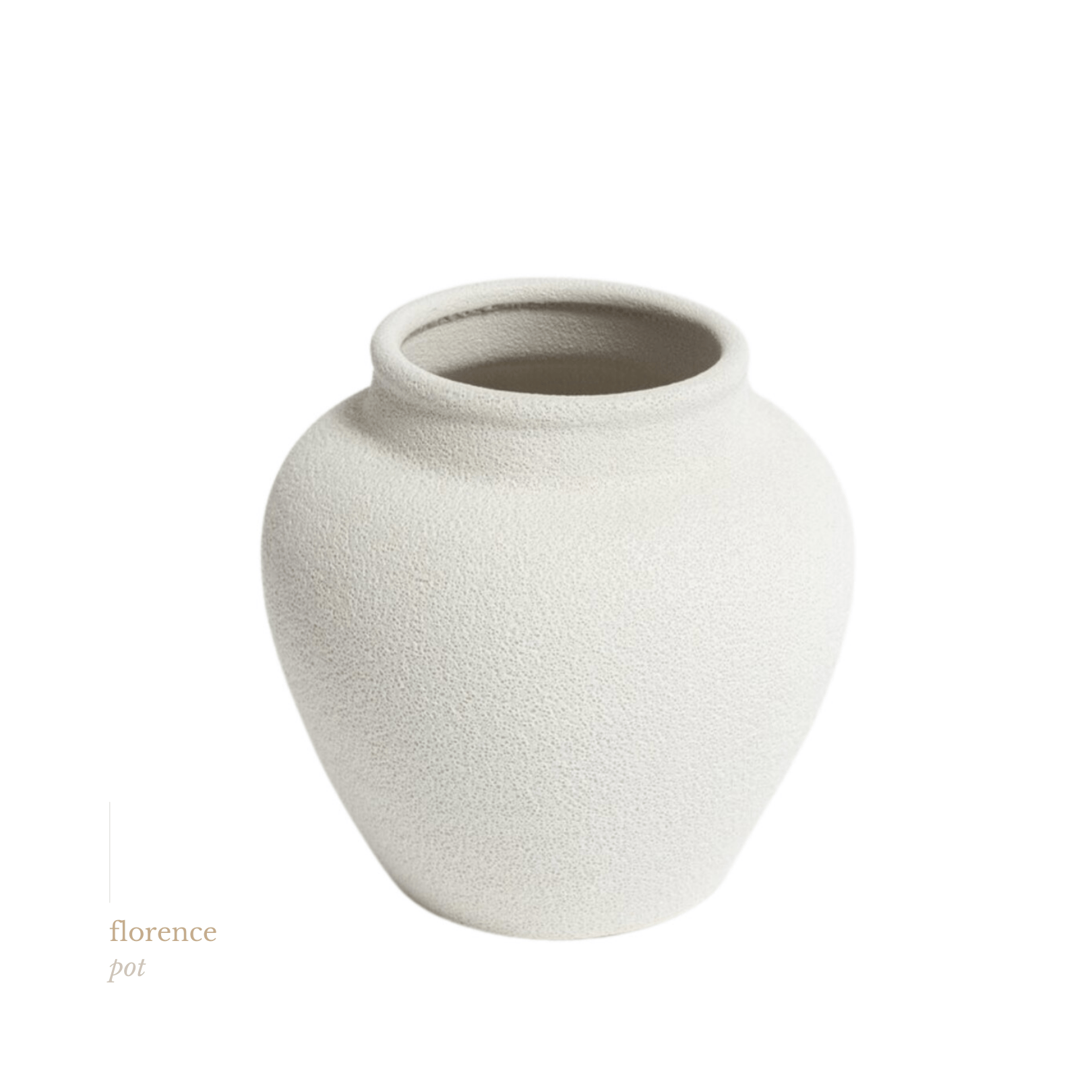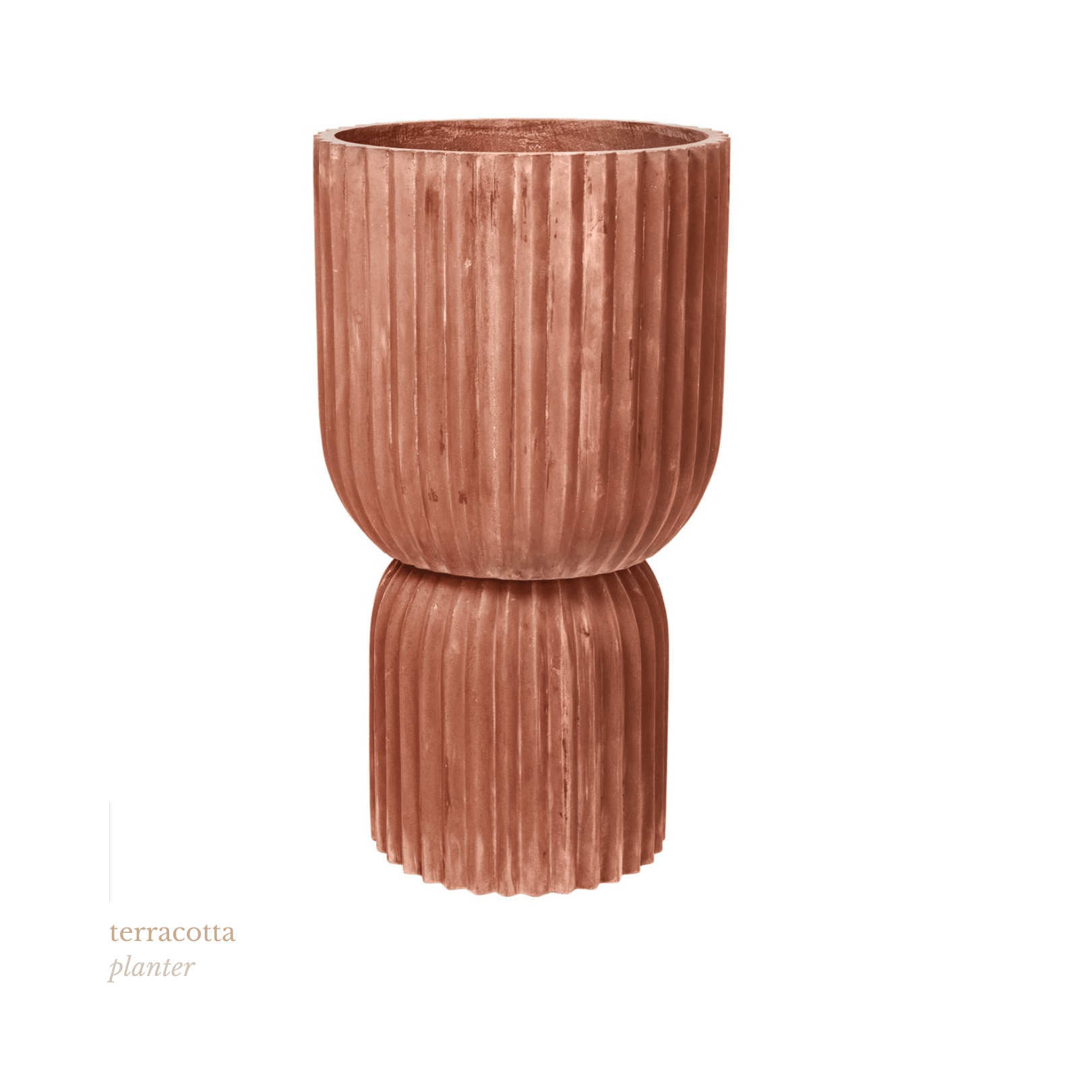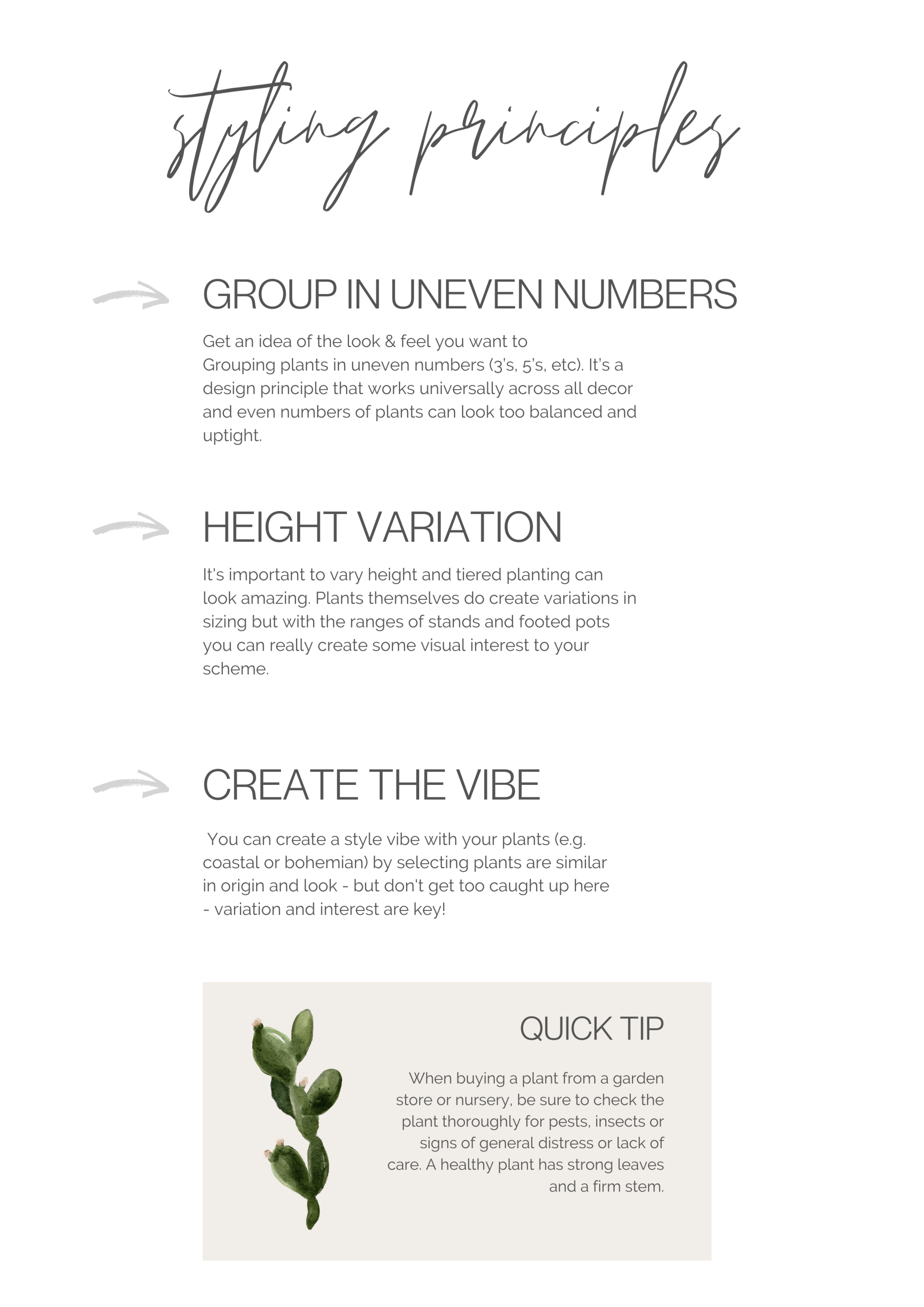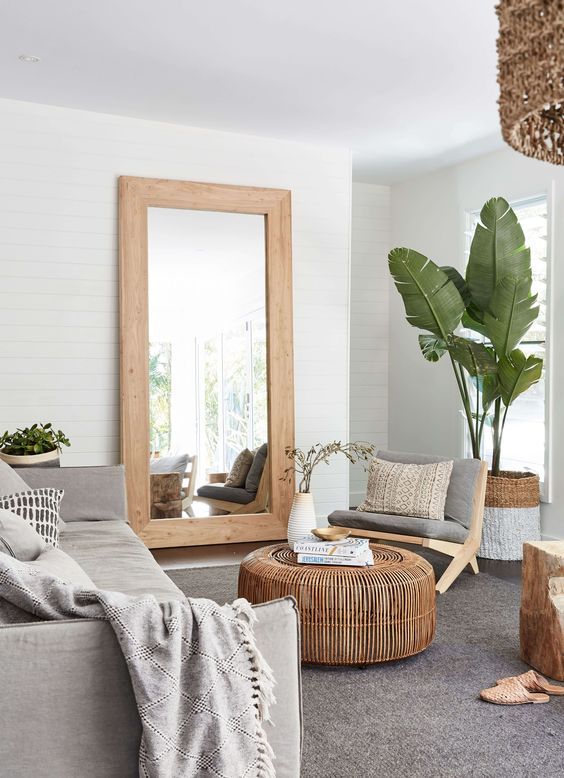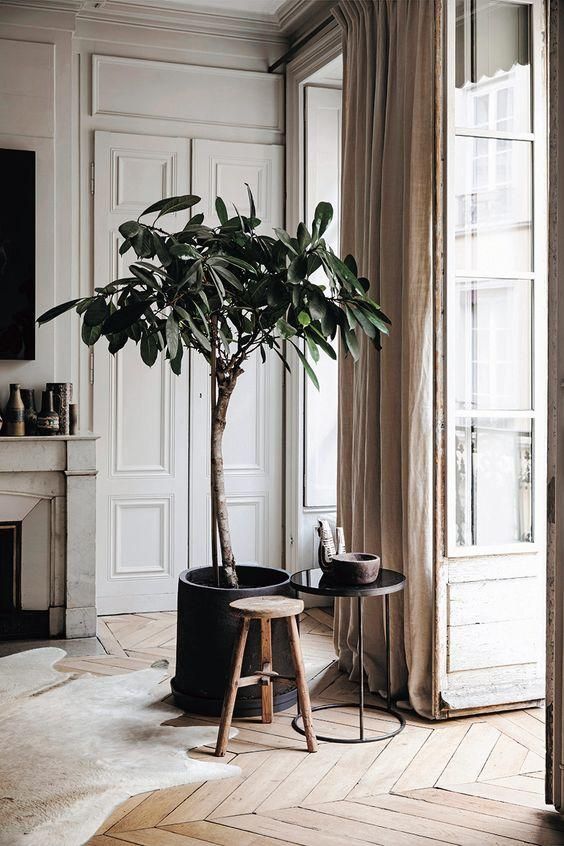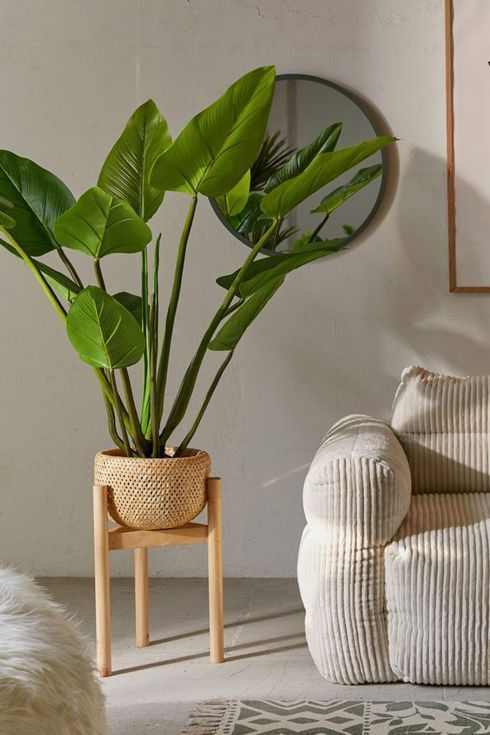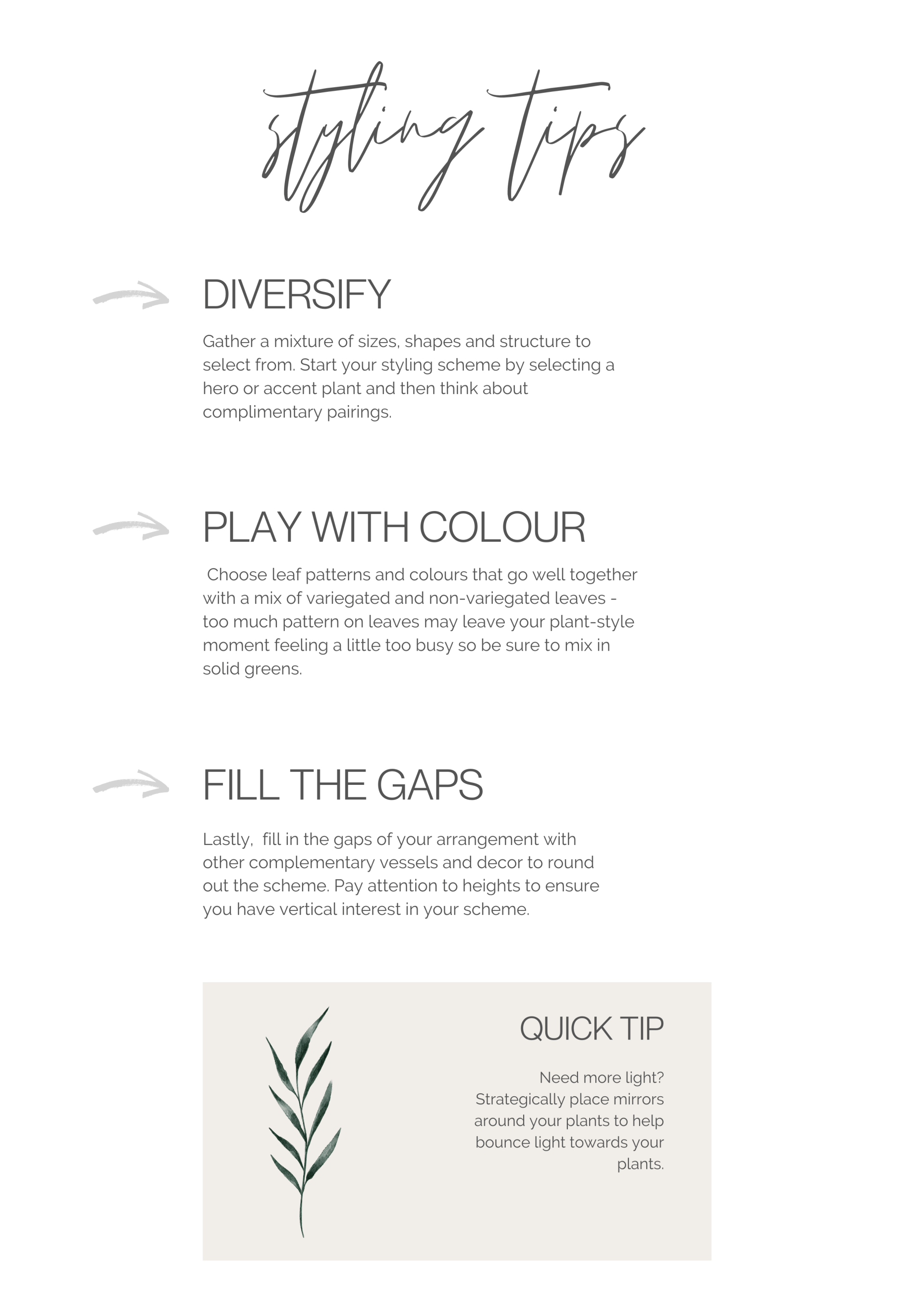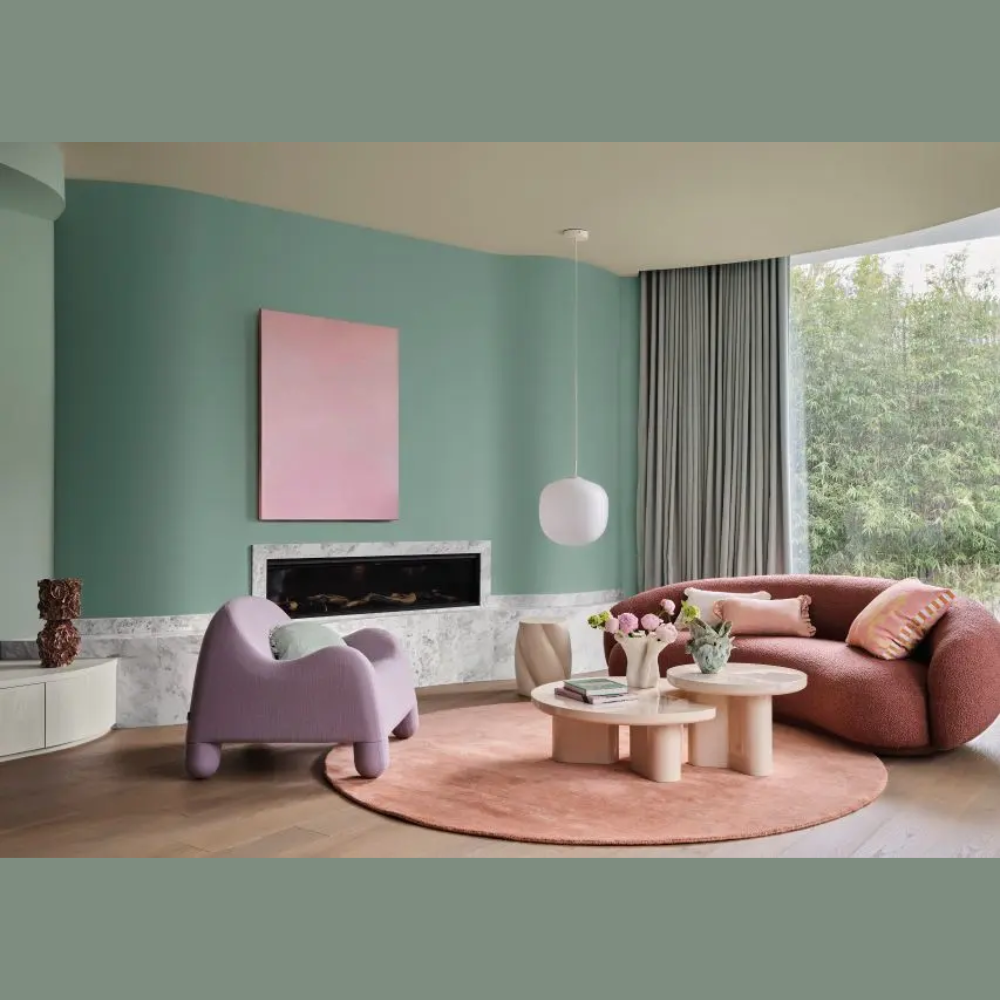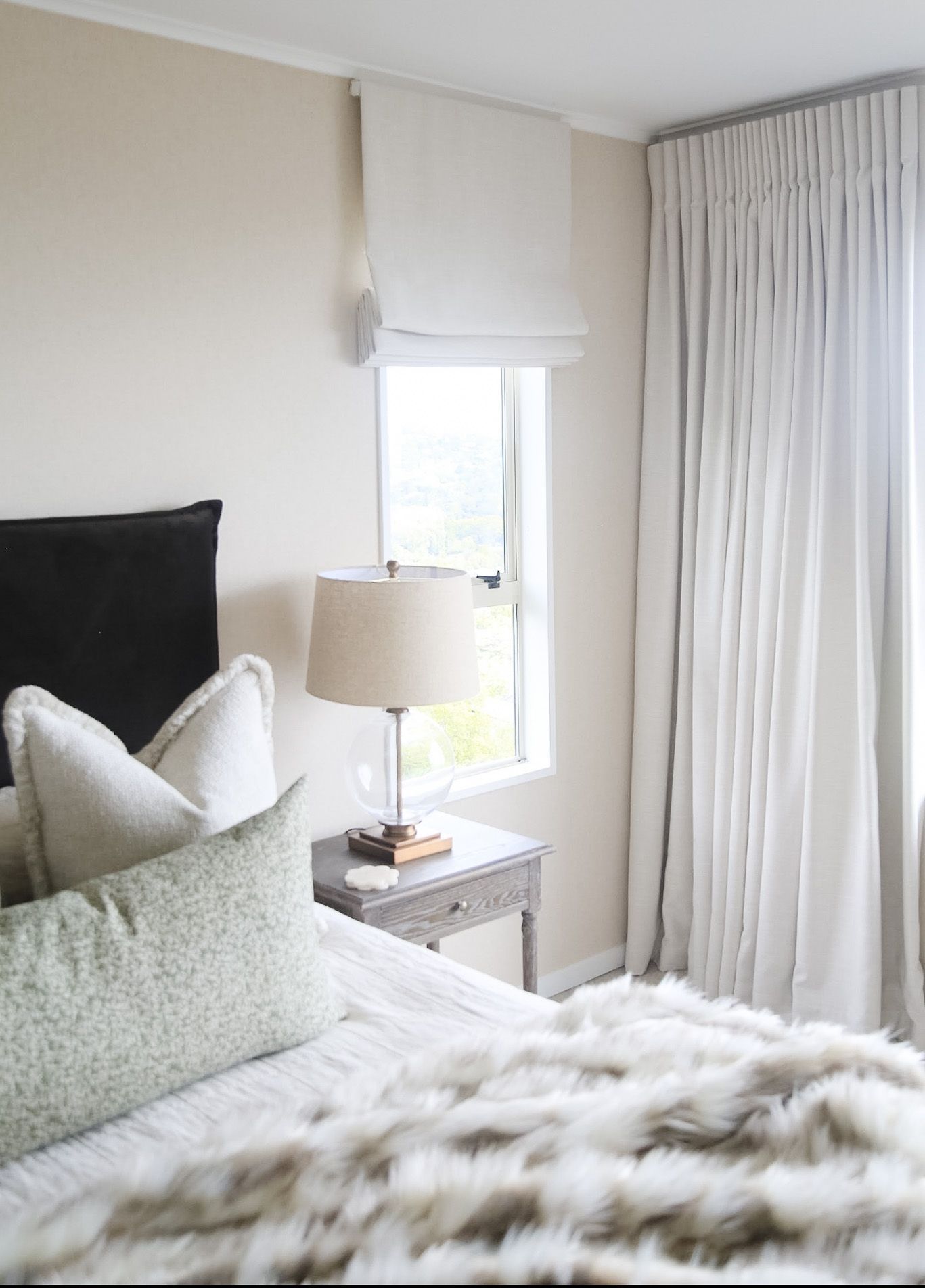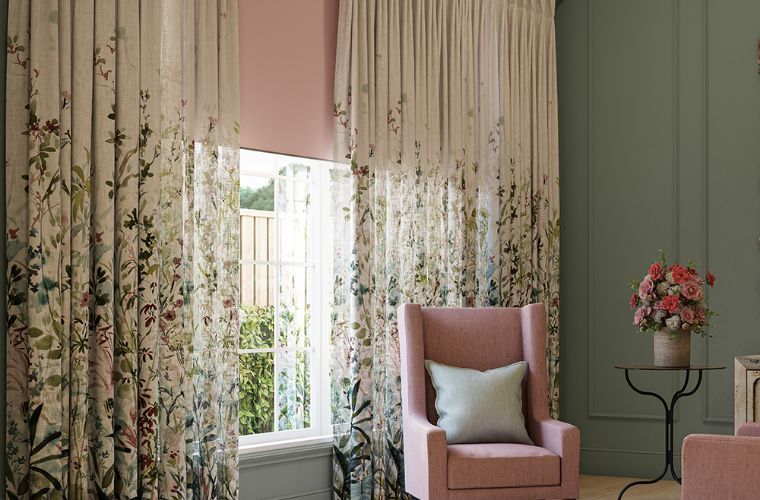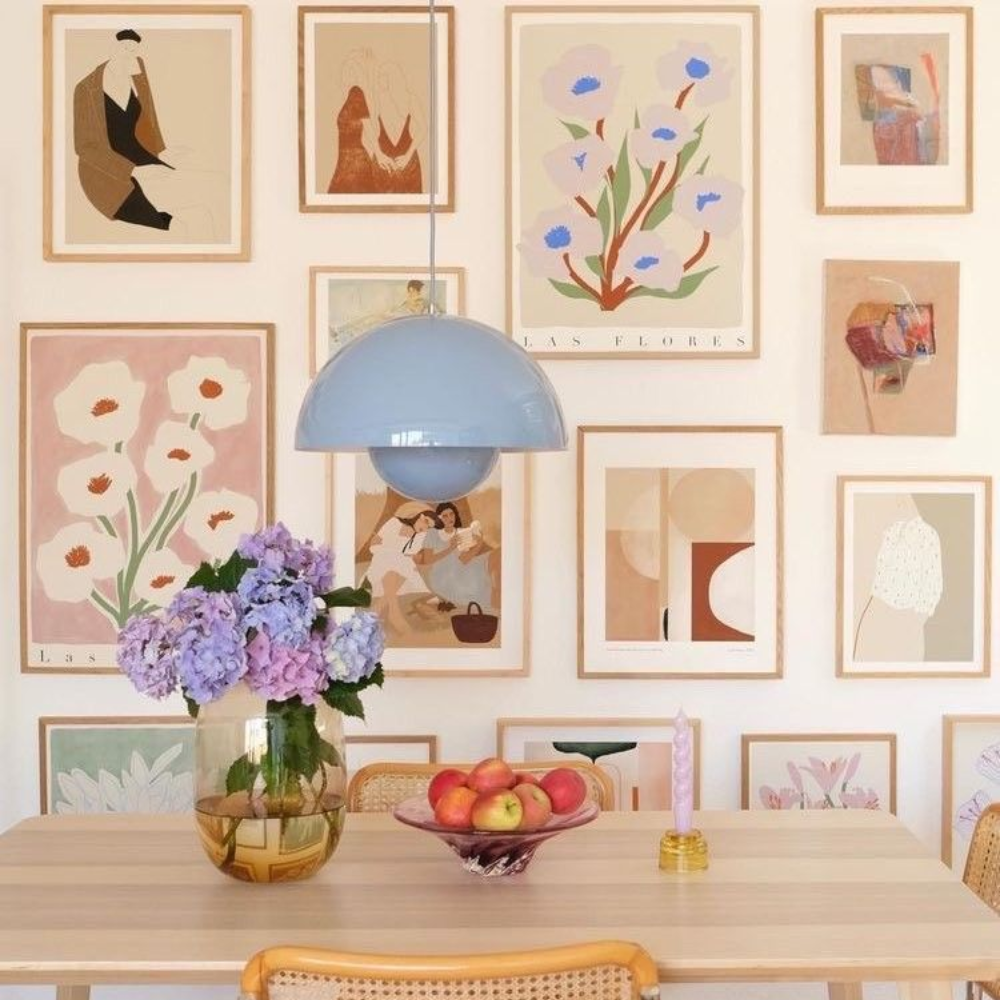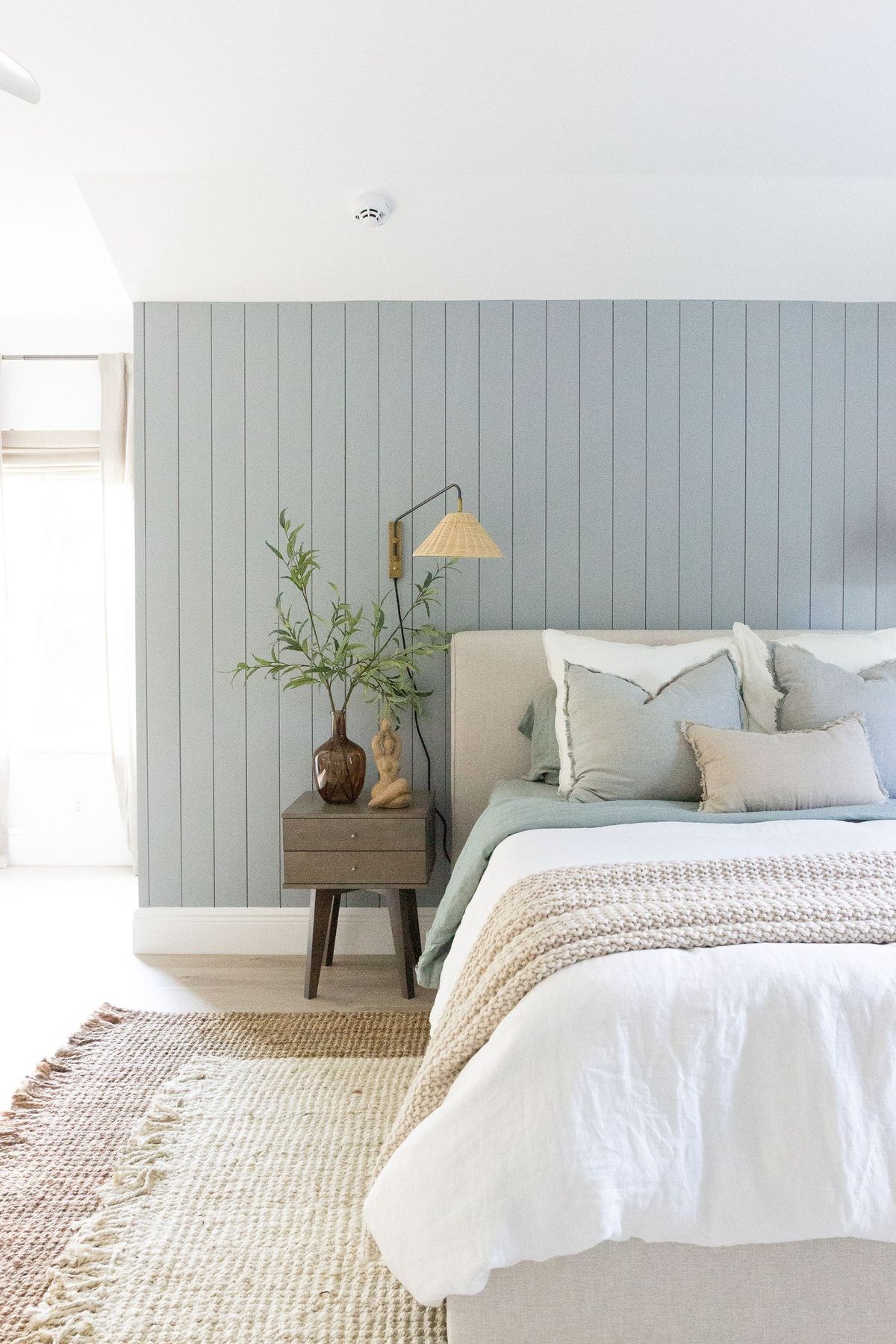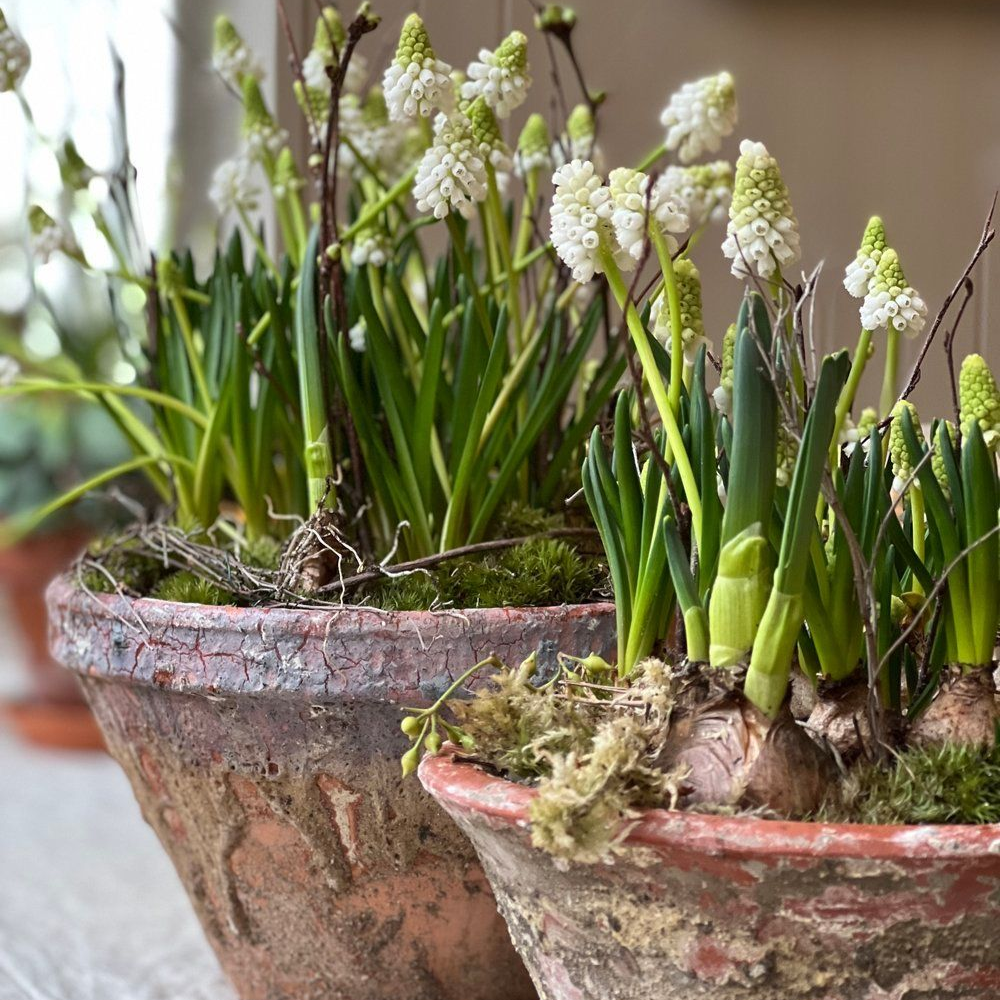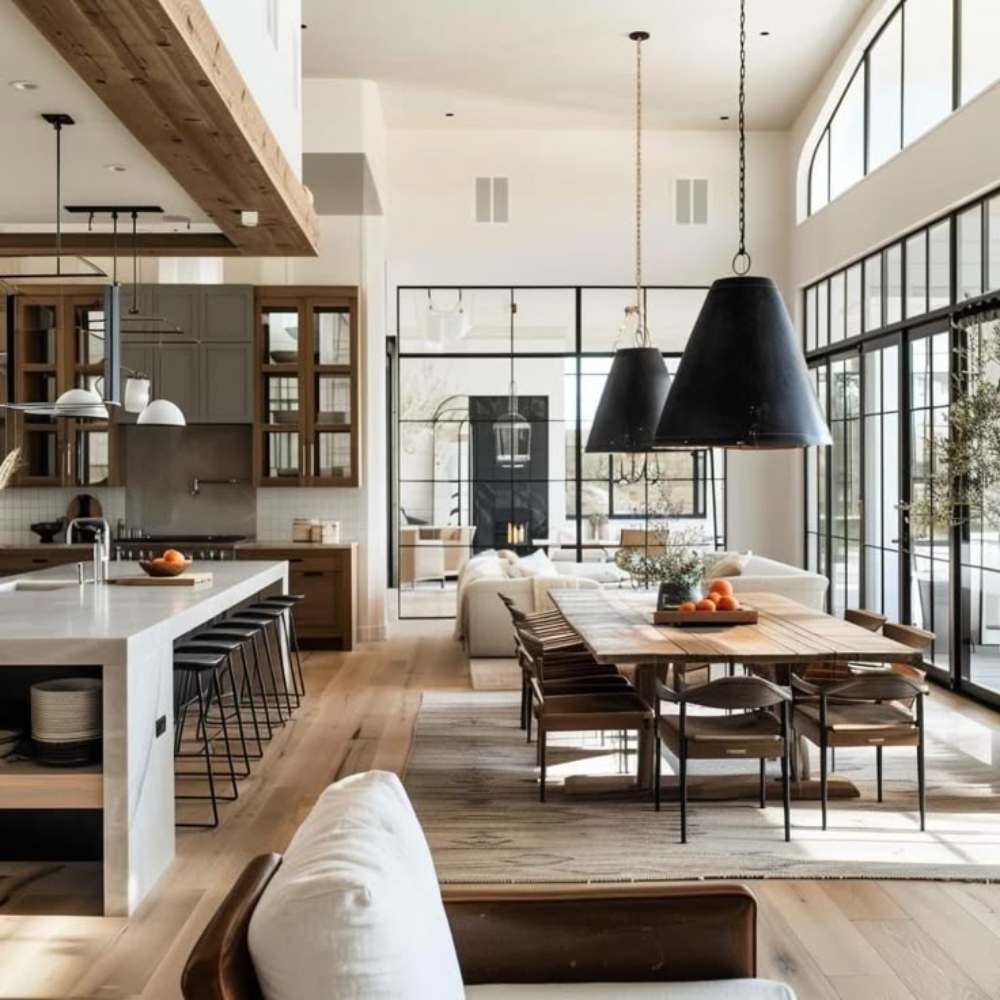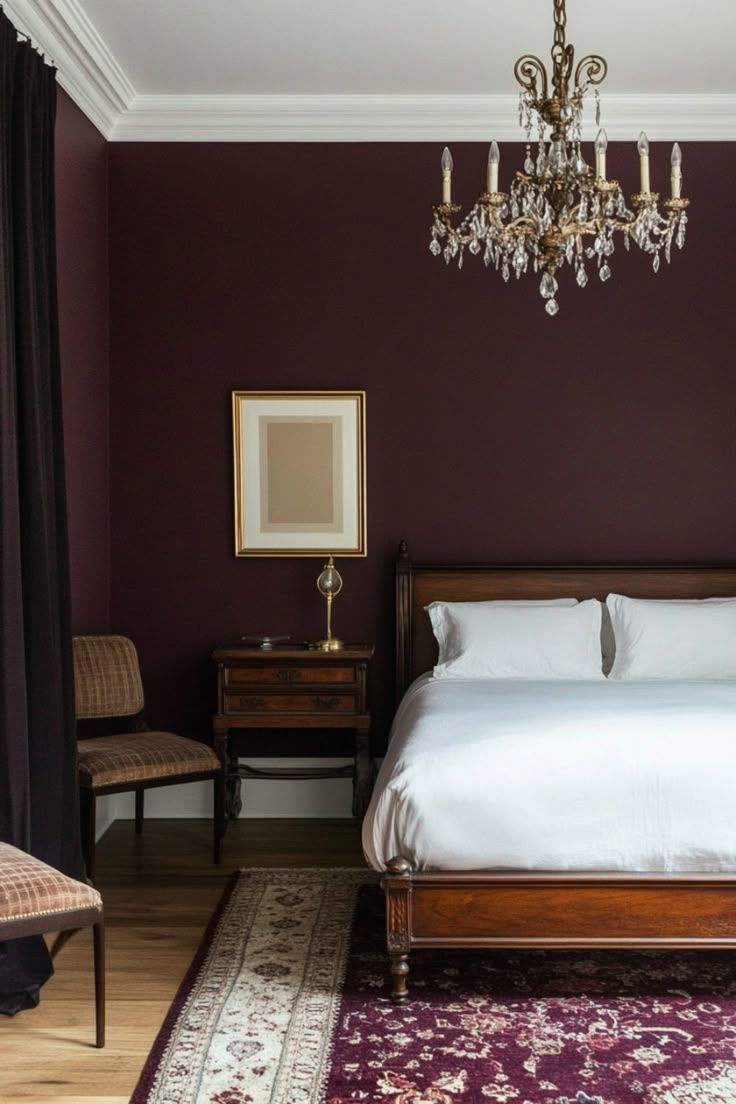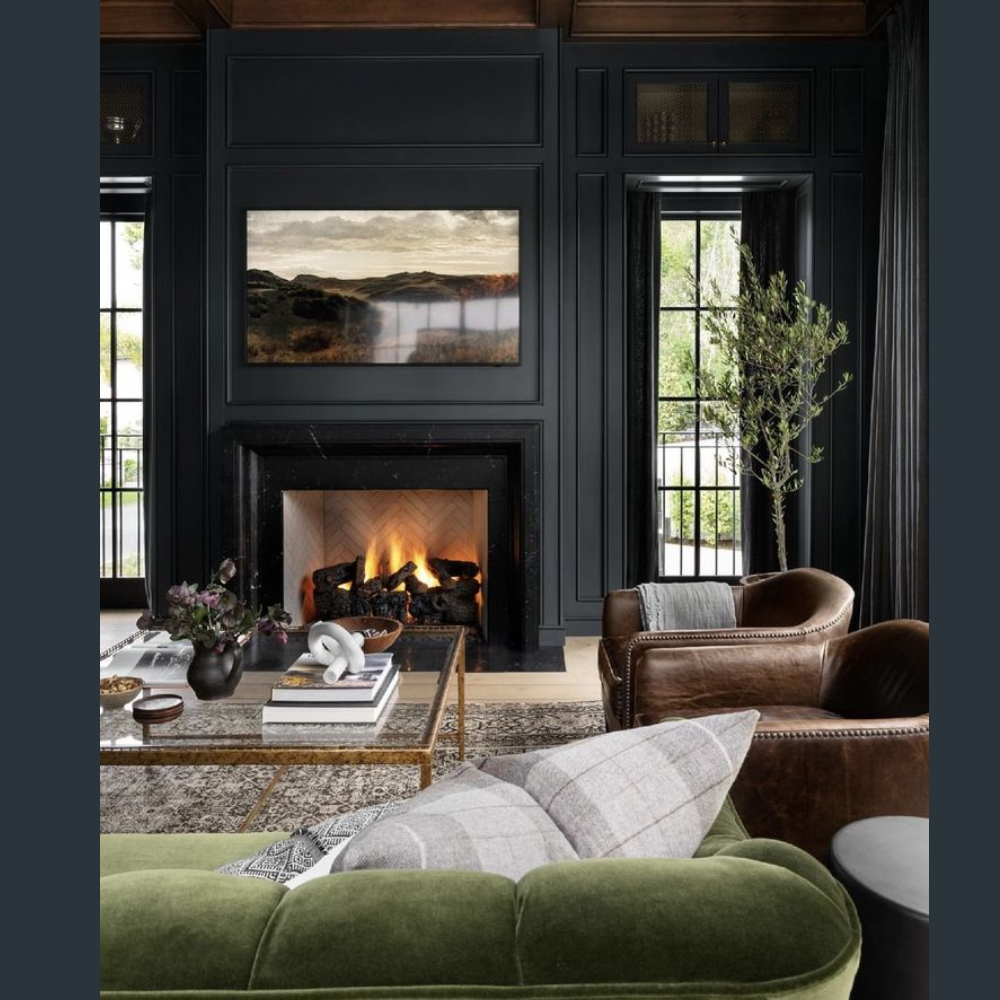How To Style Indoor Plants Like A Pro
Research is confirming what we already knew - nature is good for us.....perhaps even vital for our well being, mental health, decreasing stress levels and increasing our happiness. Phrases such as 'green exercise' and 'connection with the natural world' are being coined as we recognise the value and benefit of experiencing our natural world. Many of us do not have a forest on our doorstep so creating a connection with nature with the use of indoor plants helps us reap the many benefits on a daily basis.
We thought we would dive into a few tips and some style advice so you can create your very own indoor plant family and some natural zen vibes with house plants to increase your connection between home and nature.
1. Do Your Research
Before selecting your new plant family it pays do some research and get an idea of the look and feel you would like to create. Not all indoor plants are created equal so you need to find the best plants for your space and understand their needs because styling with dead houseplants is not going to connect you with nature!
2. Plan Your Pots and Accessories
The are endless possibilities when it comes to choosing your plant accessories - from pots, planters, stands and hangers. A good rule of thumb to consider when selecting your vessel is that you want to complement your plant rather than compete for attention. Also, consider how quickly your plant will grow so that you don't need to re-pot frequently and disturb delicate root systems.
Assess Your Theme
Don't forget to think about how your pots will fit into your interior scheme - are you looking for pattern or neutrals, colours or texture? Consider how the pots will work together as we frequently group planting together when styling indoor plants or match them with other decor and accessories - follow a consistent theme if it is appropriate for your room.
To Drain, Or Not To Drain!
The best pots and planters are those with drainage holes. Water can become sour and indoor plants can fail to thrive in pots that don’t drain well or allow roots to breathe. If you have a pot that doesn't drain use it as an outer pot and keep your plant in a plastic pot inside it with a layer of moss or wool that can sit in the base and soak up excess water and keep it clean. Some planters are made as self-watering - this can be handy if you are forgetful when it comes to your watering regime.
3. Remember Some Styling Principles
There are a few simple principles when it comes to styling with plants so consider:
1. Grouping plants
in uneven numbers (3’s, 5’s, etc). It’s a design principle that works universally across all decor and even numbers of plants can look too balanced and uptight.
2. It's important to
vary height and tiered planting can look amazing. Plants themselves do create variations in sizing but with the ranges of stands and footed pots you can really create some visual interest to your scheme.
3. You can
create a style vibe with your plants (e.g. coastal or bohemian) by selecting plants are similar in origin and look - but don't get too caught up here - variation and interest are key!
4. Group and Style
Diversify
The key to styling with plants is diversification - gather a mixture of sizes, shapes and structure to select from.
Start your styling scheme by selecting a hero or accent plant and then think about complimentary pairings. For example, you may start with a large cascading vine as the hero, then add in a smaller structured cascading vine and some more upright varieties to balance it out; or perhaps, a tall and sculptural variety with something that grows low and busy. Visually blending types of plants together will help give your collection a more natural look and feel.
Play With Colour
You may have selected a variety of houseplants and an assortment of shapes but also consider colour. Choose leaf patterns and colours that go well together with a mix of variegated and non-variegated leaves - too much pattern on leaves may leave your plant-style moment feeling a little too busy so be sure to mix in solid greens.
Fill The Gaps
You may need to fill in the gaps of your arrangement with other complementary vessels and decor to round out the scheme. Pay attention to heights to ensure you have vertical interest in your scheme.
Standalone Plants
For standalone plants - if you have a particularly striking plant then choose a pot that is complimentary. A simple rule of thumb is that if you have a patterned leaf, a solid coloured pot will be best. A very sculptural plant may require an interesting shaped vessel, and solid colour plants can work well with patterns and textured pots.
Enjoy bringing nature into your home!
